Although Radu and Irina just finished the Australian part of their cycling expedition, we still owe you their report from November, incl. half an hour-long documentary movie covering the second long stretch of the journey. So let’s start with the written part to read so you can look forward to the movie we will publish during the weekend.
Some statistics never hurt anyone, and if enriched with related interesting information, plain statistics become an exciting story. And it is going to play out in front of you right now
![]() Extreme temperatures (more than 70 days of pedaling with temperatures between 35 and 46 degrees Celsius)
Extreme temperatures (more than 70 days of pedaling with temperatures between 35 and 46 degrees Celsius)![]() 148 nights sleeping in a tent, in the wild (so far).
148 nights sleeping in a tent, in the wild (so far).![]() 589 kilometers was the maximum distance between refueling points (localities), with absolutely nothing in between, on the Tanami and Great Sandy deserts located in central/northwest Australia.
589 kilometers was the maximum distance between refueling points (localities), with absolutely nothing in between, on the Tanami and Great Sandy deserts located in central/northwest Australia.![]() The lack of water resupply sources, especially in the Tanami desert, represented a big problem. We carried 30 liters of water with us at all times and were assisted by other adventurers in 4×4 cars with refueling between towns.
The lack of water resupply sources, especially in the Tanami desert, represented a big problem. We carried 30 liters of water with us at all times and were assisted by other adventurers in 4×4 cars with refueling between towns.![]() Encounters with taipans, eastern brown snakes and king brown snakes, some of the most venomous snakes in Australia and around the world.
Encounters with taipans, eastern brown snakes and king brown snakes, some of the most venomous snakes in Australia and around the world.![]() Near Cape York, the northernmost point of Australia, we had a robbery attempt.
Near Cape York, the northernmost point of Australia, we had a robbery attempt.![]() During a nocturnal escapade on the highest peak of Magnetic Island, I came across a cluster of giant Australian nettles, the mighty Gympie Gympie. I still feel the stings 9 months later.
During a nocturnal escapade on the highest peak of Magnetic Island, I came across a cluster of giant Australian nettles, the mighty Gympie Gympie. I still feel the stings 9 months later.![]() On the second night on our way to Cape York, the floor of our tent was riddled with holes by the giant green ants (near Daintree, Queensland)
On the second night on our way to Cape York, the floor of our tent was riddled with holes by the giant green ants (near Daintree, Queensland)![]() In the Great Sandy desert a dunart broke into our tent.
In the Great Sandy desert a dunart broke into our tent.![]() I had to replace my rear wheel in Halls Creek, Western Australia. The old one got destroyed riding on the corrugations of the Tatami track (I still managed to get across with it going sideways)
I had to replace my rear wheel in Halls Creek, Western Australia. The old one got destroyed riding on the corrugations of the Tatami track (I still managed to get across with it going sideways)![]() Irina’s solar panel support gave way on the way to Cape York and we were lucky to meet two mechanics who built a bracket around the weld point that gave way.
Irina’s solar panel support gave way on the way to Cape York and we were lucky to meet two mechanics who built a bracket around the weld point that gave way.


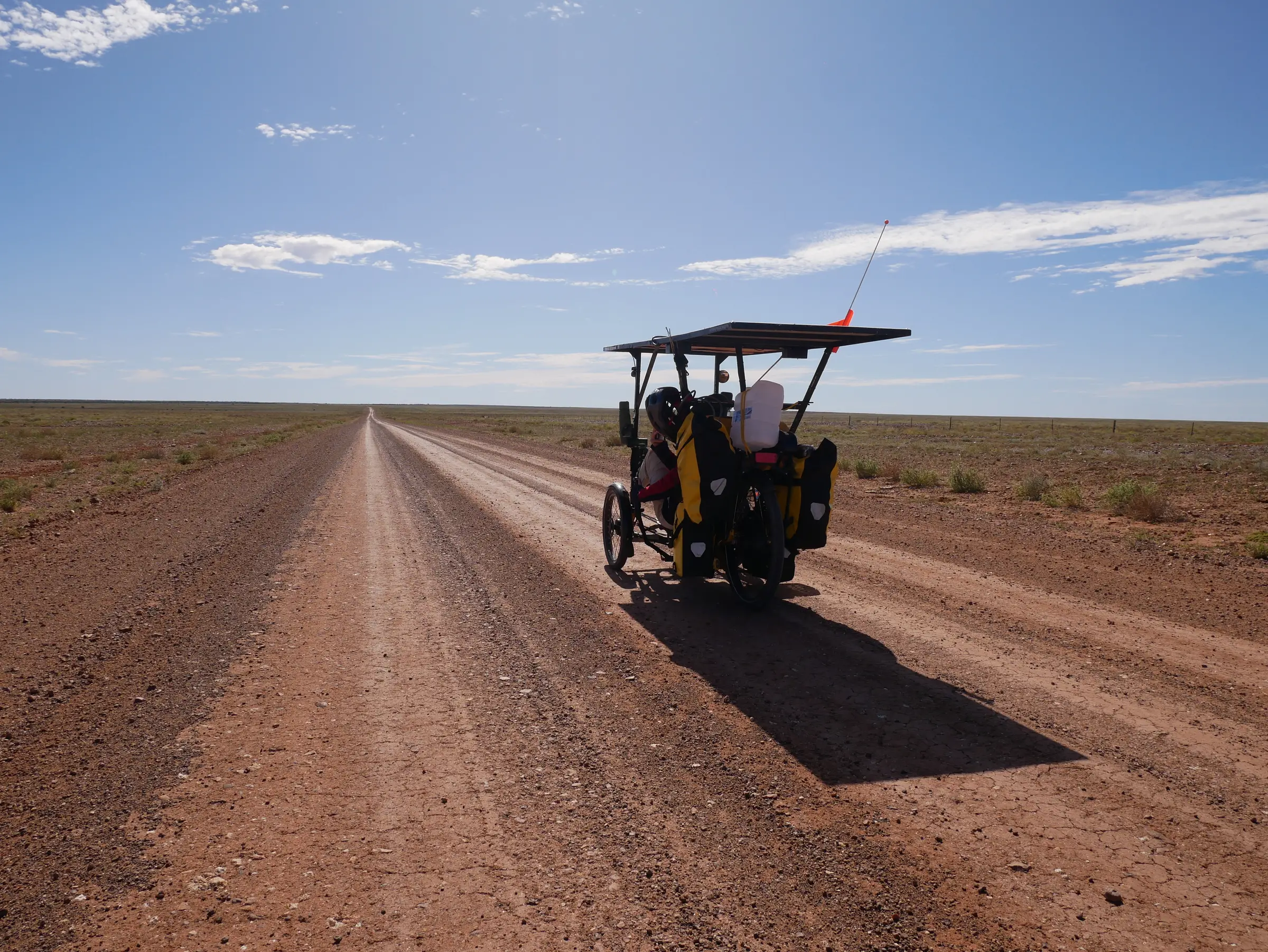
Total kilometers traveled on the Australian continent (up to 27.11.2022): 8,156 km
ON ASPHALT: 5.656 km / 3,514 miles (69 %)
OFF-ROAD: 2.500 km / 1,554 miles (31%)
OFF-ROADS/TRACKS
We have ridden:![]() Bloomfield Track, Queensland (30 km / 18 miles)
Bloomfield Track, Queensland (30 km / 18 miles)![]() Peninsula Developmental Road, Cape York Peninsula, Queensland (476 kilometers / 296 miles)
Peninsula Developmental Road, Cape York Peninsula, Queensland (476 kilometers / 296 miles)![]() Plenty Highway Queensland/Northern Territory (389 km / 242 miles)
Plenty Highway Queensland/Northern Territory (389 km / 242 miles)![]() Merenie Loop, Northern Territory (168 km / 104 miles)
Merenie Loop, Northern Territory (168 km / 104 miles)![]() Tanami track (774 km / 481 miles)
Tanami track (774 km / 481 miles)![]() Gibb River Road (572 km / 355 miles)
Gibb River Road (572 km / 355 miles)
SUMMITS CLIMBED![]() Mount Bartle Frere (1.622 m / 5,321 ft), the highest peak in the state of Queensland. The ascent took two days. Progress proved arduous through the lush jungle and I was attacked by leeches, this being one of the wettest places on the entire Australian continent. (December 2021)
Mount Bartle Frere (1.622 m / 5,321 ft), the highest peak in the state of Queensland. The ascent took two days. Progress proved arduous through the lush jungle and I was attacked by leeches, this being one of the wettest places on the entire Australian continent. (December 2021)![]() Mount Cook (493 m / 1,617 ft), the highest peak on Magnetic Island. There are no marked routes to the summit. I sea kayaked 8 kilometers from Townsville to the island (i.e Picnic Bay), then went up Rockslides Creek and down Endeavor Creek. I got caught on the mountain at night and even though I was wearing long pants and a long sleeved top I was stung by the Gympie Gympie, the giant Australian nettle whose sting is still felt almost 8 months later. (February 2022)
Mount Cook (493 m / 1,617 ft), the highest peak on Magnetic Island. There are no marked routes to the summit. I sea kayaked 8 kilometers from Townsville to the island (i.e Picnic Bay), then went up Rockslides Creek and down Endeavor Creek. I got caught on the mountain at night and even though I was wearing long pants and a long sleeved top I was stung by the Gympie Gympie, the giant Australian nettle whose sting is still felt almost 8 months later. (February 2022)![]() Mount Bowen (1.121 m / 3,678 ft), the highest peak on Hinchinbrook Island and one of the most difficult climbs on the north east coast of Australia. There are no marked routes to the summit. I went up the course of the Warawilla stream which at that time was higher than normal after the last heavy autumn rains. After 12 hours of continuous walking, I got caught at night on the upper course of the stream where I made a bivy between two rocks. That evening I was visited by one of the most venomous snakes in Australia, an eastern brown snake. The second night I spent it in a saddle on the ridge and on the third day I finally reached the summit and descended back down the same day. (May 2022)
Mount Bowen (1.121 m / 3,678 ft), the highest peak on Hinchinbrook Island and one of the most difficult climbs on the north east coast of Australia. There are no marked routes to the summit. I went up the course of the Warawilla stream which at that time was higher than normal after the last heavy autumn rains. After 12 hours of continuous walking, I got caught at night on the upper course of the stream where I made a bivy between two rocks. That evening I was visited by one of the most venomous snakes in Australia, an eastern brown snake. The second night I spent it in a saddle on the ridge and on the third day I finally reached the summit and descended back down the same day. (May 2022)![]() Mount Sonder (the true summit – 1.380 m / 4527 ft), the fourth highest peak in Australia’s Northern Territory and part of the Larapinta Trail, the 232km trek across the western side of the Macdonnel Mountains that we completed in its entirety in July 2022.
Mount Sonder (the true summit – 1.380 m / 4527 ft), the fourth highest peak in Australia’s Northern Territory and part of the Larapinta Trail, the 232km trek across the western side of the Macdonnel Mountains that we completed in its entirety in July 2022.![]() 232 km / 144 miles hiked crossing the western part of the MACDONNEL Ranges located in the center of Australia
232 km / 144 miles hiked crossing the western part of the MACDONNEL Ranges located in the center of Australia
CANYONS![]() Porcupine Gorge, QUEENSLAND. 32 kilometers / 20 miles hiked through the central part of the canyon, where there is no marked route.
Porcupine Gorge, QUEENSLAND. 32 kilometers / 20 miles hiked through the central part of the canyon, where there is no marked route.![]() Kings Canyon in the George Gill mountain range in central Australia
Kings Canyon in the George Gill mountain range in central Australia
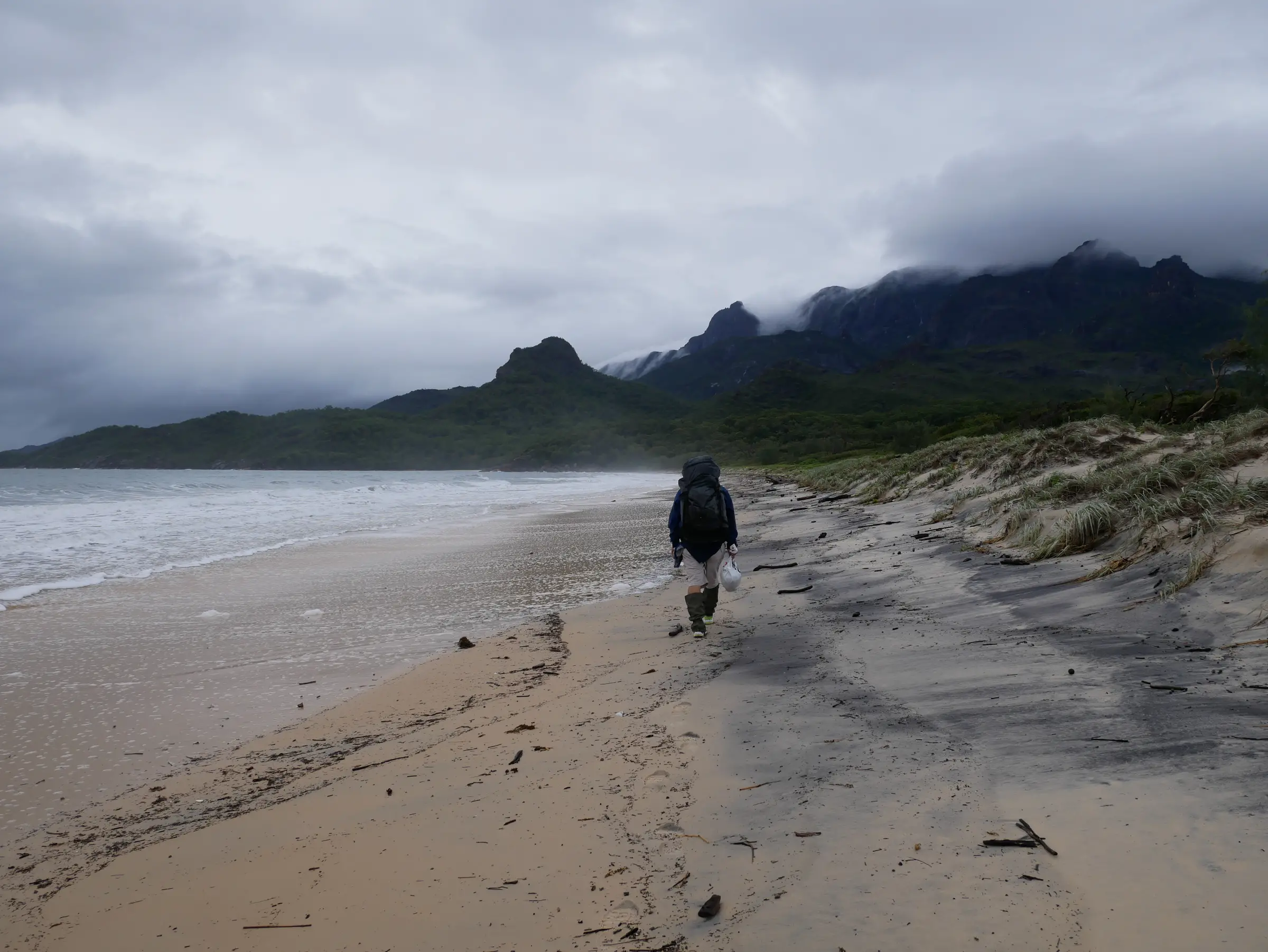
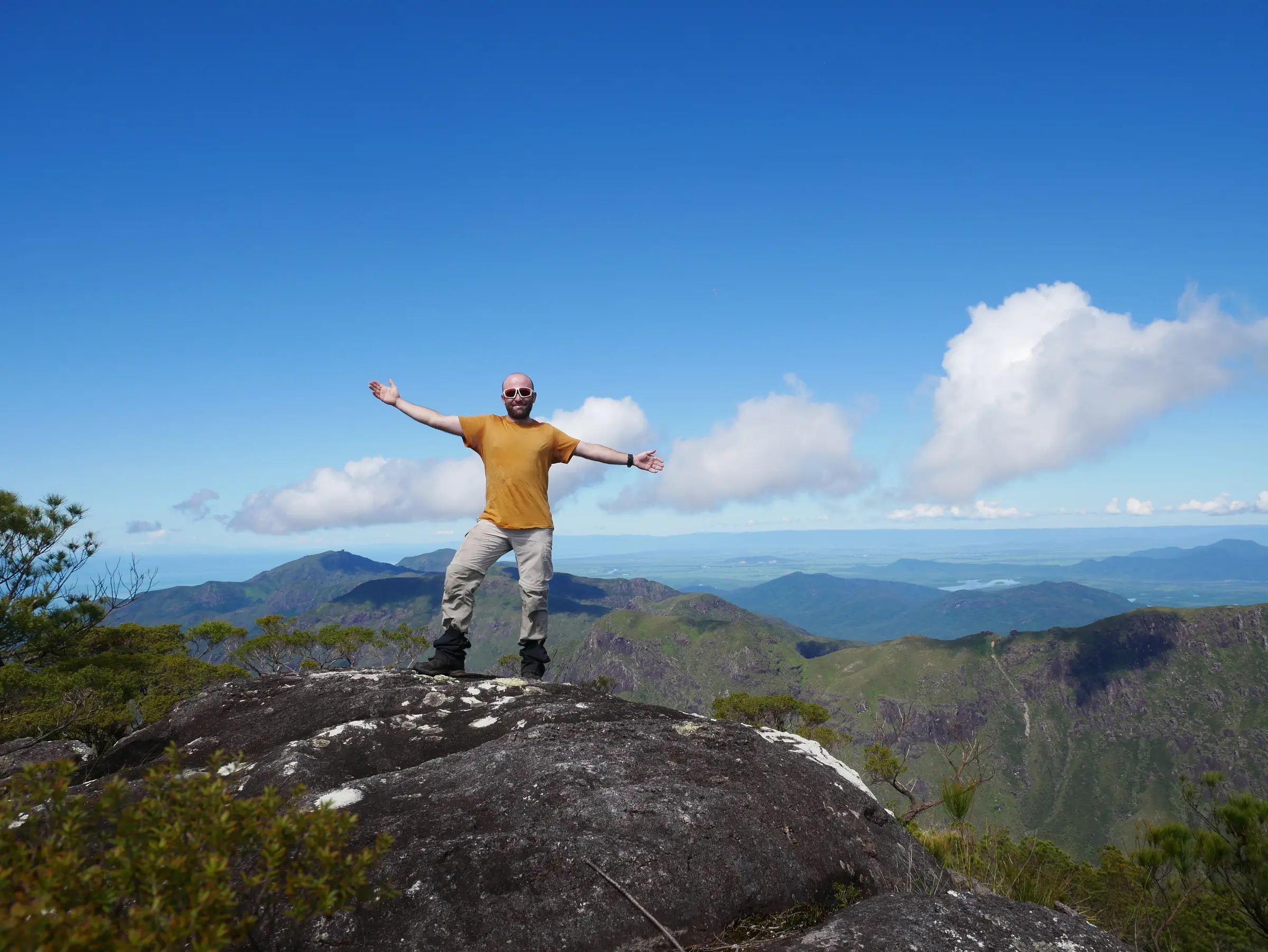
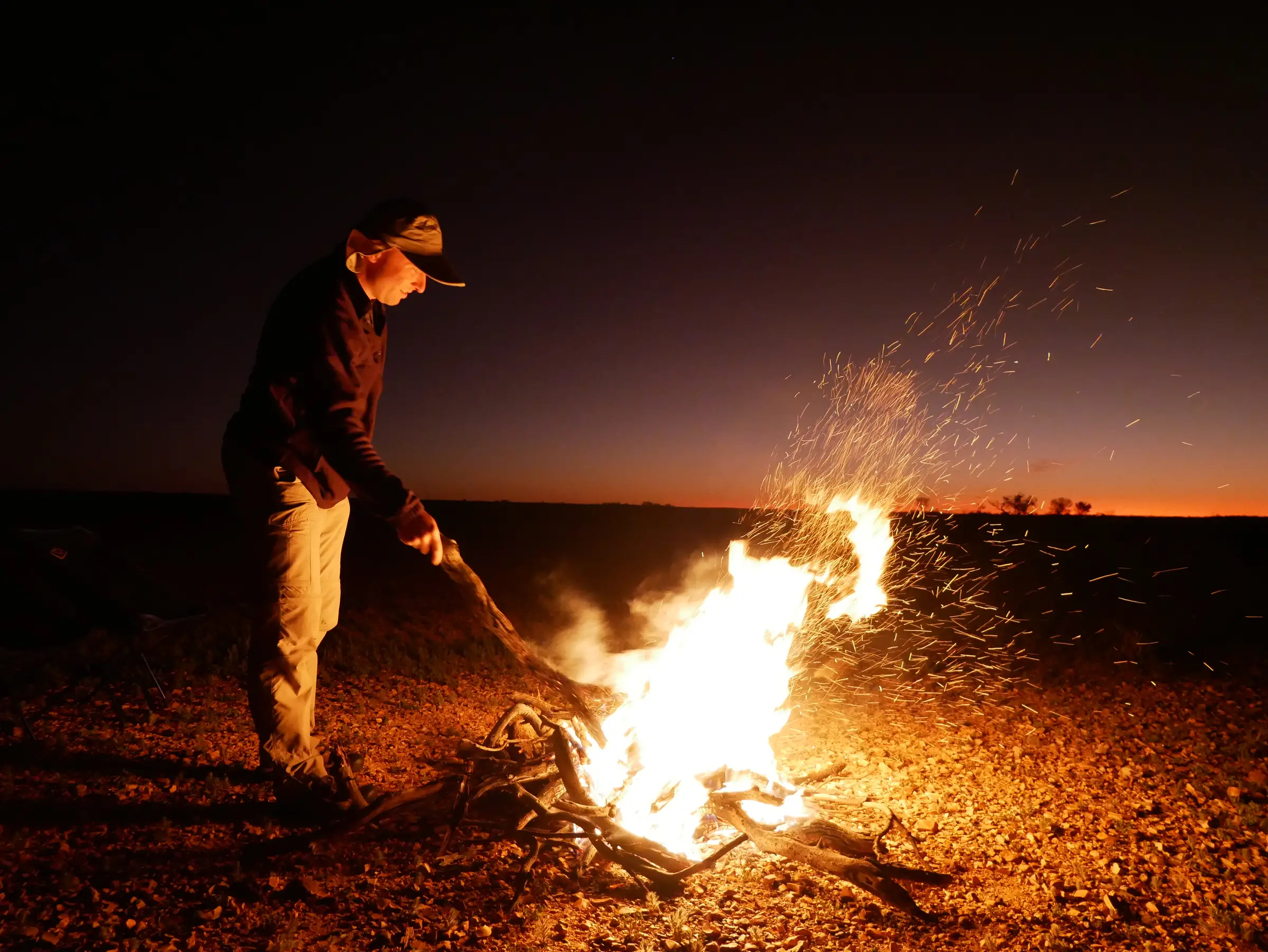
A few thoughts about our journey (so far):
Our route through Australia: Cairns —> Cape York (via the Bloomfield Track and the Peninsula Developmental Road) —> Cairns (via the Bruce Highway)—> Townsville —> Alice Springs (via the Plenty Highway)—> ULURU —> (via the Mereenie Loop) ALICE SPRINGS —> Kununurra (via the Tanami track)—> Broome (via the Gibb River Rd) —> Karratha
I’ve crossed Australia, from the Pacific Ocean to the Indian Ocean, on a recumbent trike! This is for me the third continent that I am cycling across (after North America and South America 2015-2018), whereas for Irina this is her first. I am so proud of her! Out of the 8.200 kilometers / 5,095 miles route, more than 2.500 kilometers / 1,1550 miles were cycled off-road through desert, lush jungle and savanna areas, on her solar recumbent e-trike that we built. Irina accompanied me throughout this adventure, which I personally made aboard a simple unassisted recumbent trike. And our expedition does not end here. This is just the completion of an important stage, because from Karratha we will be heading south to further explore the West Coast of Australia.
At this point we want to explore as many wild areas of the continent as possible, photograph and document the many diverse ecosystems, the many species of plants and animals, and complete an expedition as geographically inclusive as possible, which means that, most likely, next year, once we would have successfully completed this route, we will head to the island of New Guinea (part of the Australian continent) and then on to Europe, possibly by kayak and then again by trike overland.
But let’s recap a little. How did we come to explore Oceania?
It all started when my friend Paul Calin, who organizes tours around the world, proposed to me to host a two-week adventure in New Zealand. And this is how I woke up with my partner Irina at the very beginning of the pandemic in one of the most remote corners of our planet and in an area that we were still able to continue to explore for the entire duration of the pandemic. When the countries of the world closed their borders, we decided to stay put in New Zealand and without realising it at the time, we were starting to walk and pedal the length and breadth of Oceania. We first walked 1.700 km / 1,056 miles across New Zealand’s North Island, then cycled 1.500 km / 932 miles across New Zealand’s South Island on two classic touring bikes, then made it across the Foveaux Strait to hike another 100 km / 62 miles around the much smaller Stewart Island. And since Australia was not too far away, it came as something natural at the end of this New Zealand escapade.
And look at us now! We’ve been exploring Australia for a little bit more than a year. We’re not looking to do it fast, and we’re not necessarily looking for any bold statistics, but rather consistency, quality and the inclusion of as many regions as possible on our route. The more time you spend in a place, the more chances you have to discover it in depth, I think. We completed a first leg of 1.200 kilometers / 745 miles along the Cape York Peninsula last year in October-November and then, due to the summer heat, we were forced to pause our adventure until the end of May of this year when we started again from Townsville (from the shore of the Pacific Ocean/Coral Sea) to Broome (at the Indian Ocean) via the center of Australia (Alice Springs).
I must admit that prior to coming to Australia, I totally underestimated the beauty and depth of this continent. Now, after more than a year here, connecting with different areas, I can easily say that Australia is one of the most different and profound places I have ever explored on this planet. It is not only the oldest continent on Earth (geologically speaking), it is also home to one of the oldest cultures on Earth, that of the aboriginal peoples. This combination, the cliffs, the eroded mountain ranges, the savannah and the colorful and vivid contrast provided by the seas and oceans that surround Australia is something absolutely fabulous! The wilderness is still at home here. Australia’s 26 million inhabitants are concentrated mainly in the southeast, which leaves the rest of the country completely wild. Of course, all this comes with sometimes unimaginable difficulties. Pedaling in temperatures of 45 degrees Celsius, lacking water and refueling points, exorbitant prices, etc.
But the freedom I felt here, away from people, from rules, from modern society is priceless! Evening after evening, we cooked over the fire, whether we were in the desert, in the savannah, or on the seashore, under the starry canopy, so starry as I have never seen it anywhere else. No matter how difficult the cycling might get during the day, no matter how many obstacles we encounter during the day, in the evening, by the fire, everything calms down, everything becomes magic. We fall asleep night after night like children being told a story, because the silence around our tent allows us to perceive the simplest and most beautiful sounds of nature. It is so magical and soothing! What fear of poisonous snakes and spiders? We live with them, we are part of the ecosystem and we love them. You learn to coexist and appreciate all the forms of life that surround you, which is unthinkable to a man caught in the urban routine.
First there was the Cape York Peninsula with its majestic eucalypts dominating the savannah landscape, then the east coast with its lush jungles and The Great Barrier Reef, then the Queensland outback which I found so green (due to the high levels of rainfall on the east coast – we are in La Nina’s year) with the Mesa Hills. Then the incredible Macdonnell Ranges of Central Australia and the divine Uluru, the desert expanses of central and western Australia, and finally the hilly and incredibly hot Kimberley region with its mysterious boab trees and the blue Indian Ocean.
Some called us crazy for venturing across Australia’s central deserts on two recumbent trikes. It was not easy, but it was very rewarding. Walking the country or, in our case cycling across it on two recumbent trikes, the apparent nothingness, the monotony of the infinite landscape begins to reveal to you aspects, places and feelings that you would not have suspected otherwise.
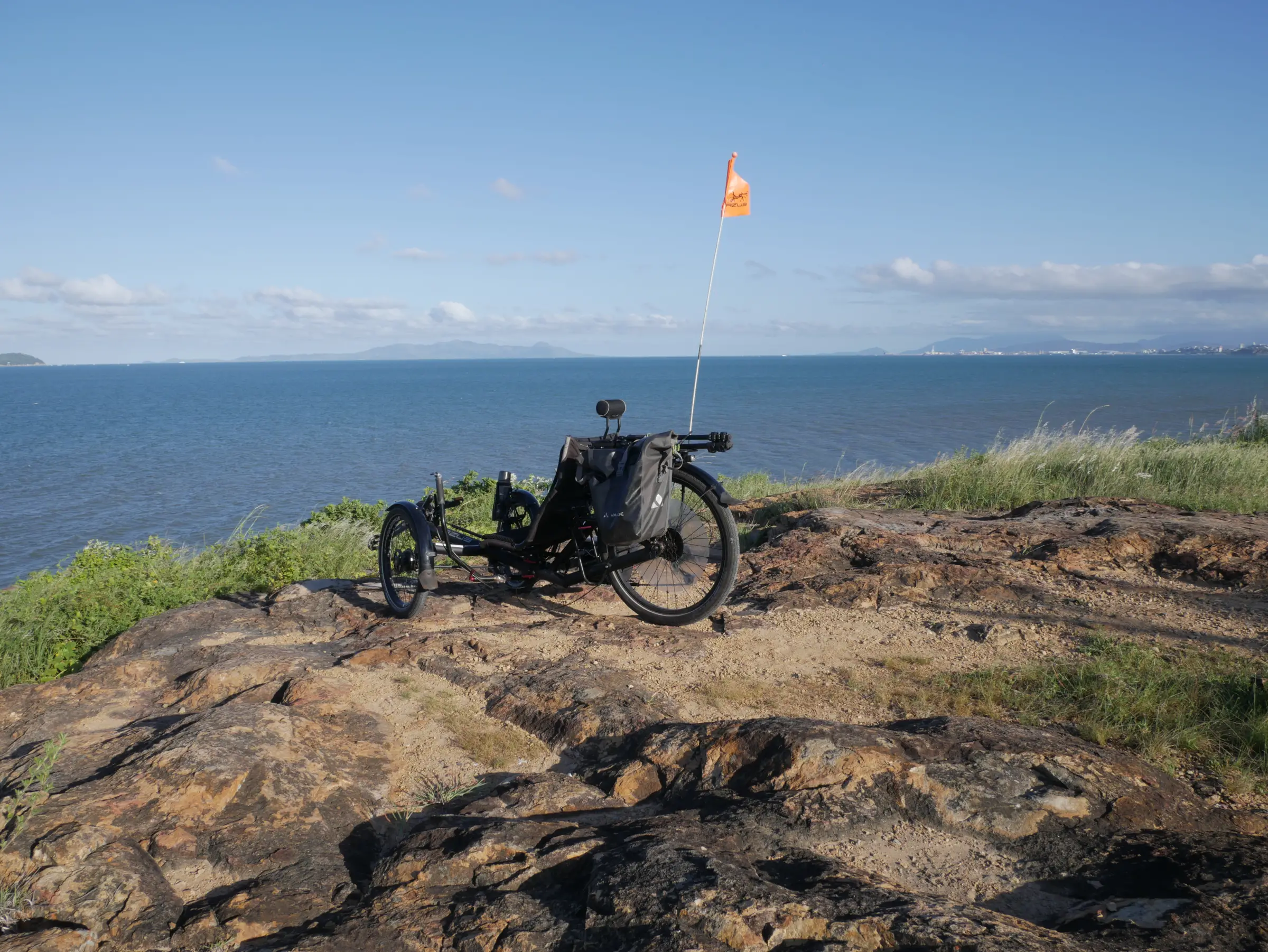
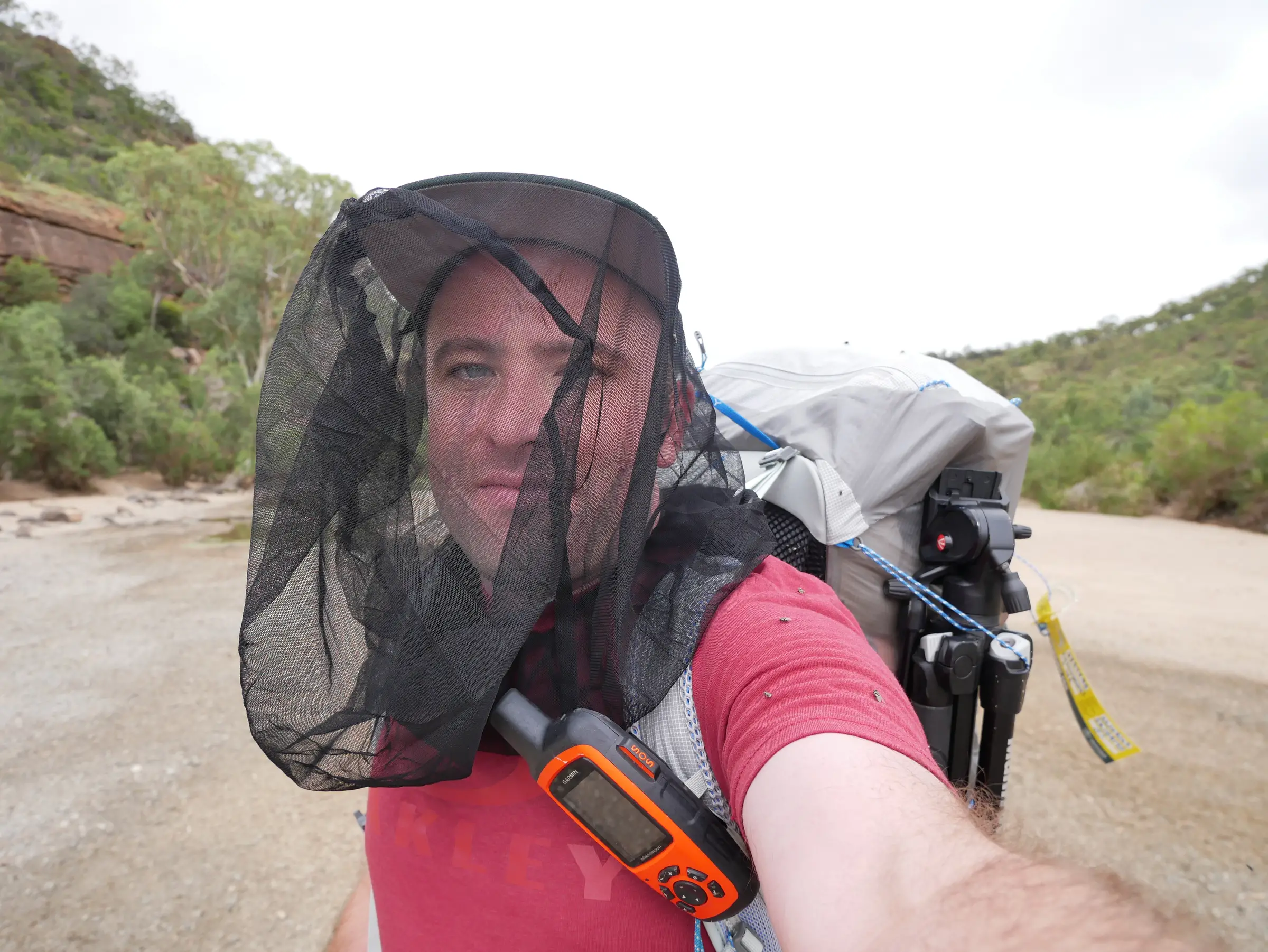

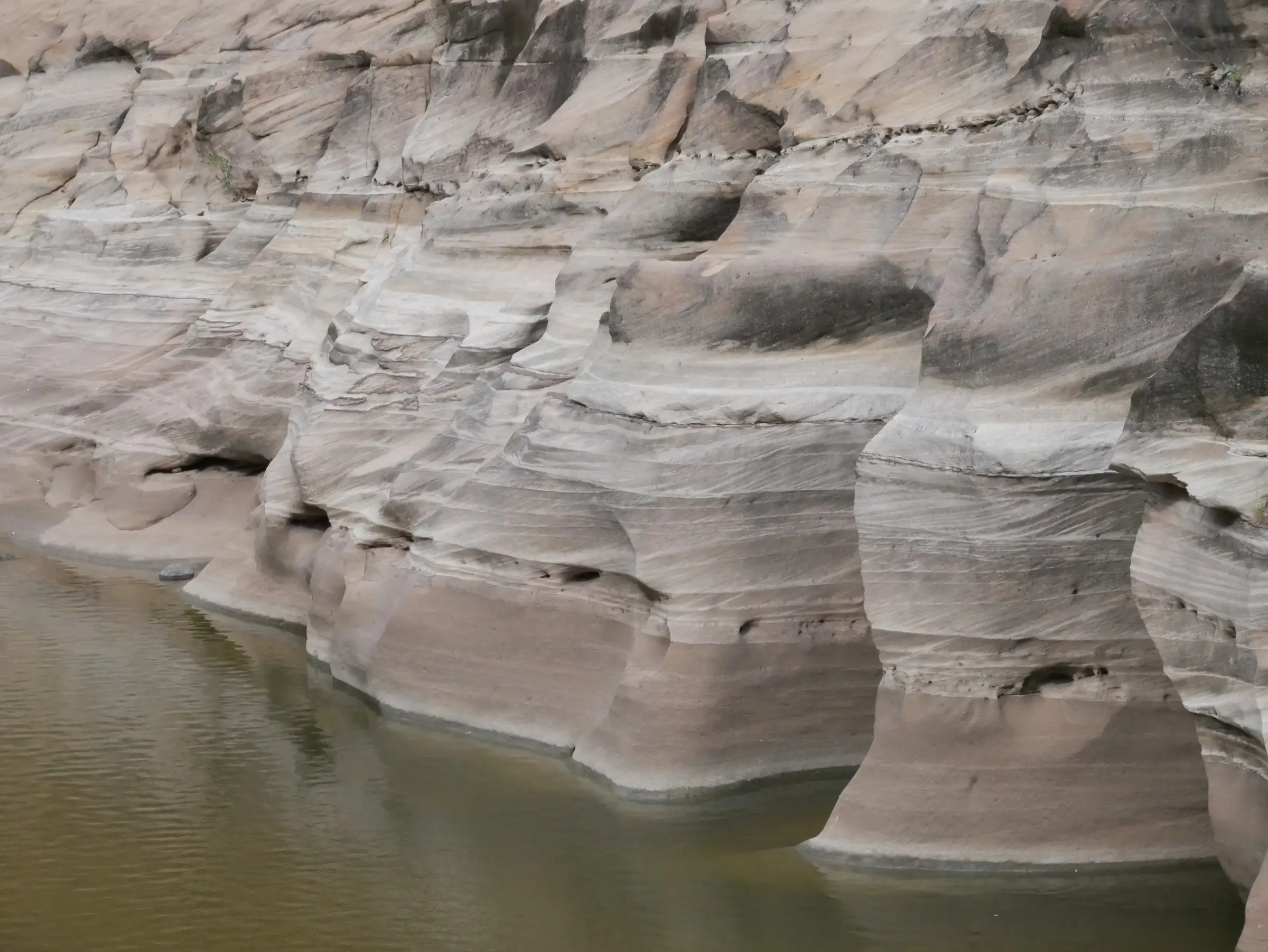

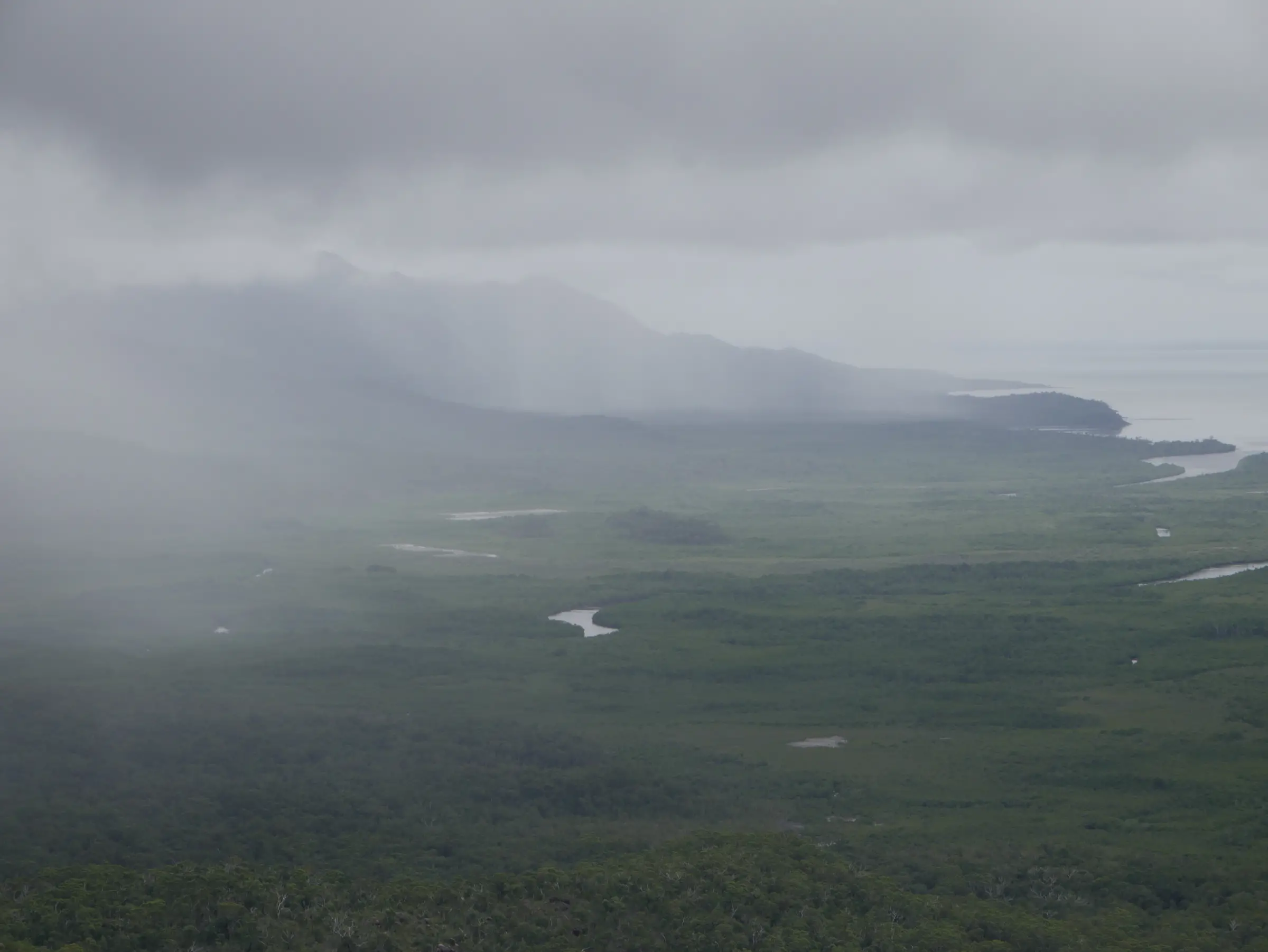
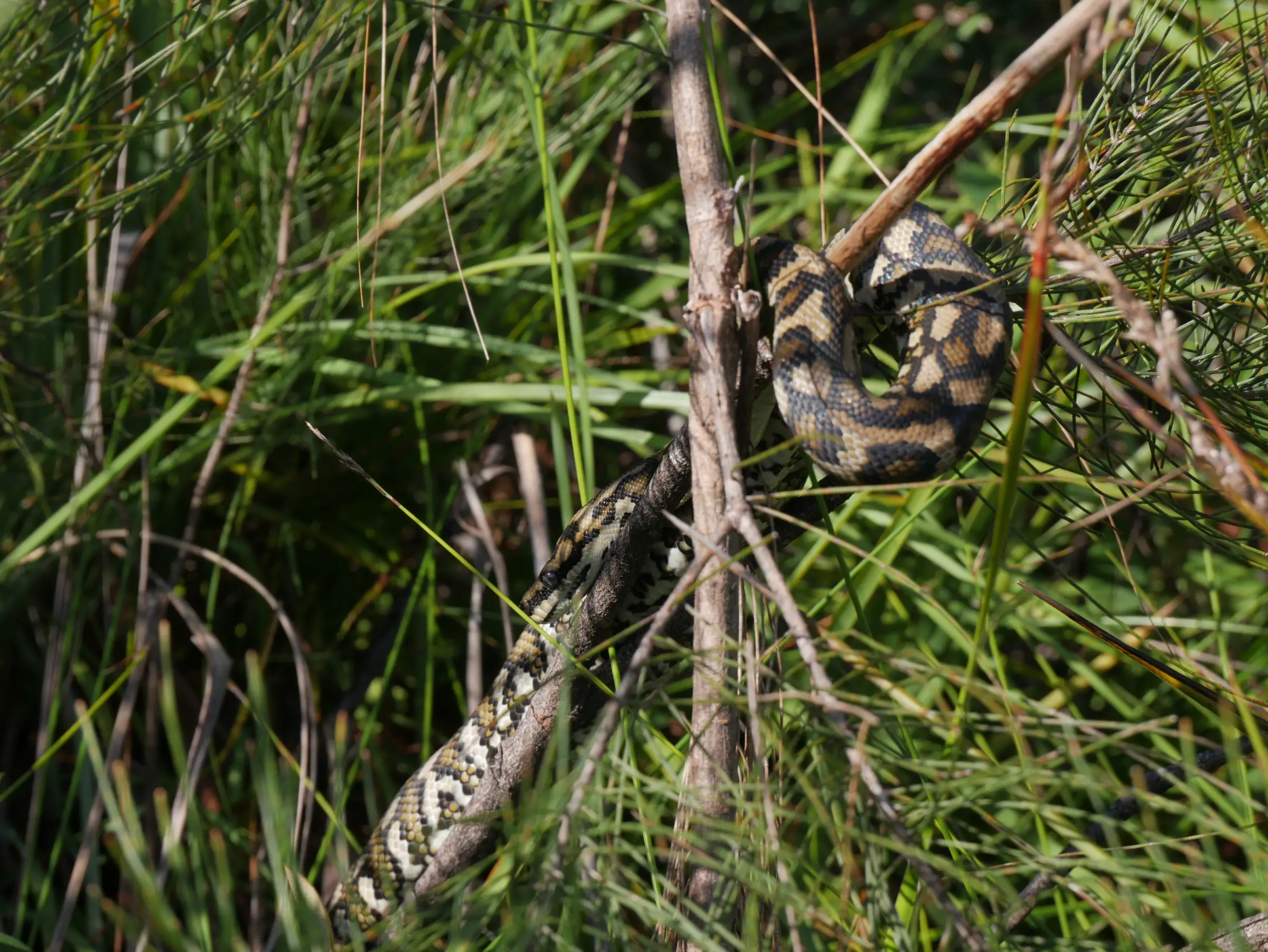

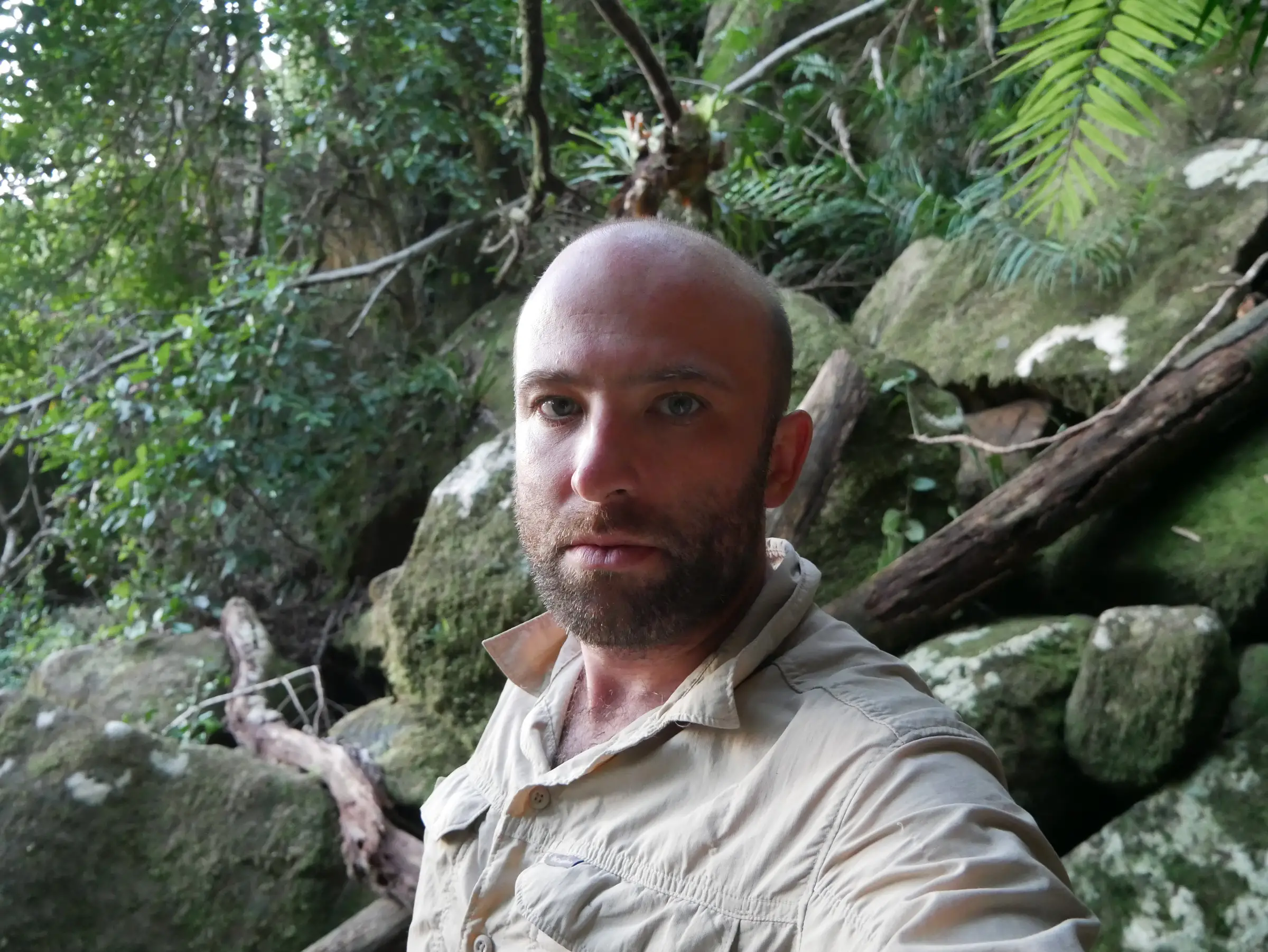

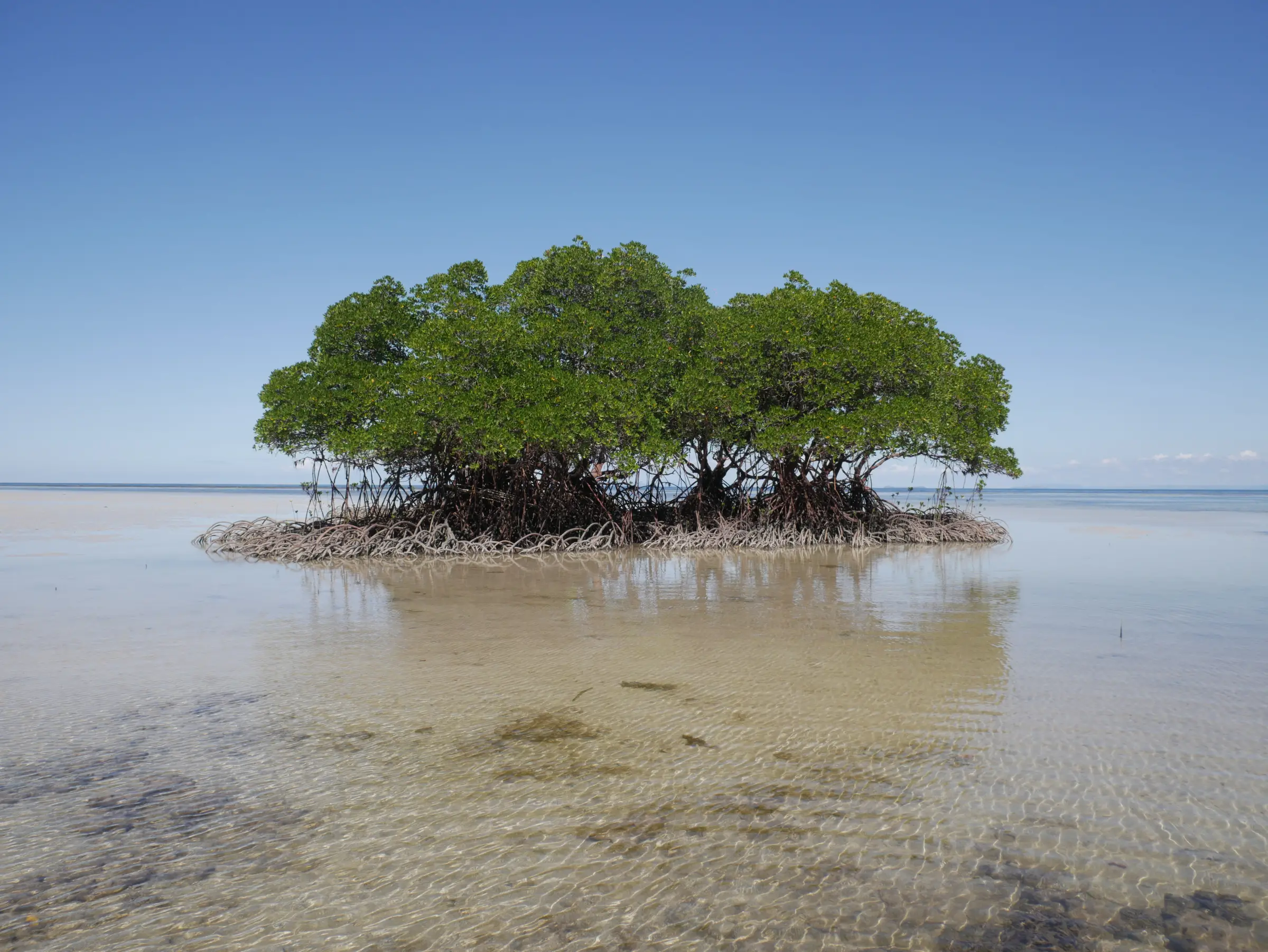

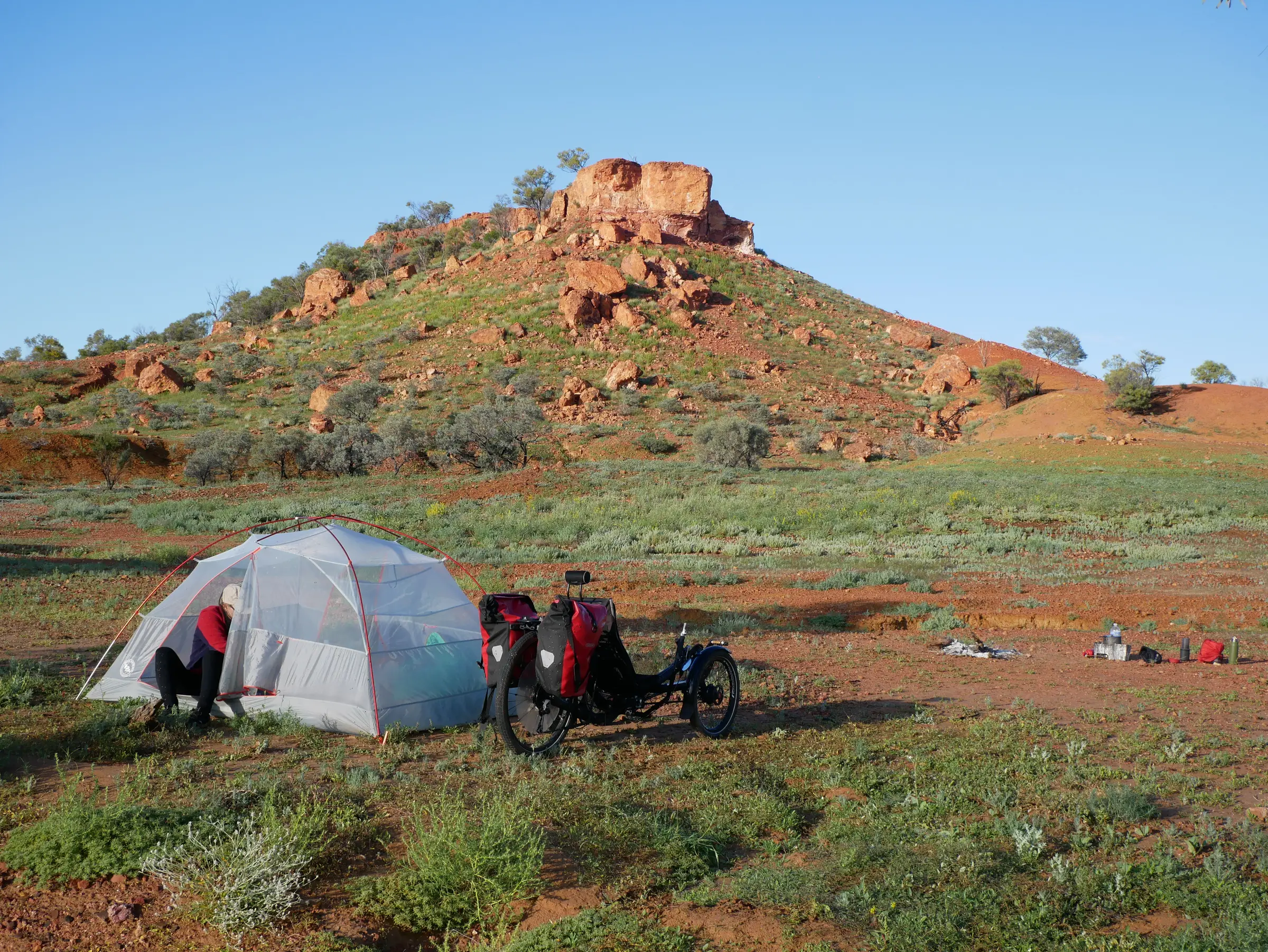
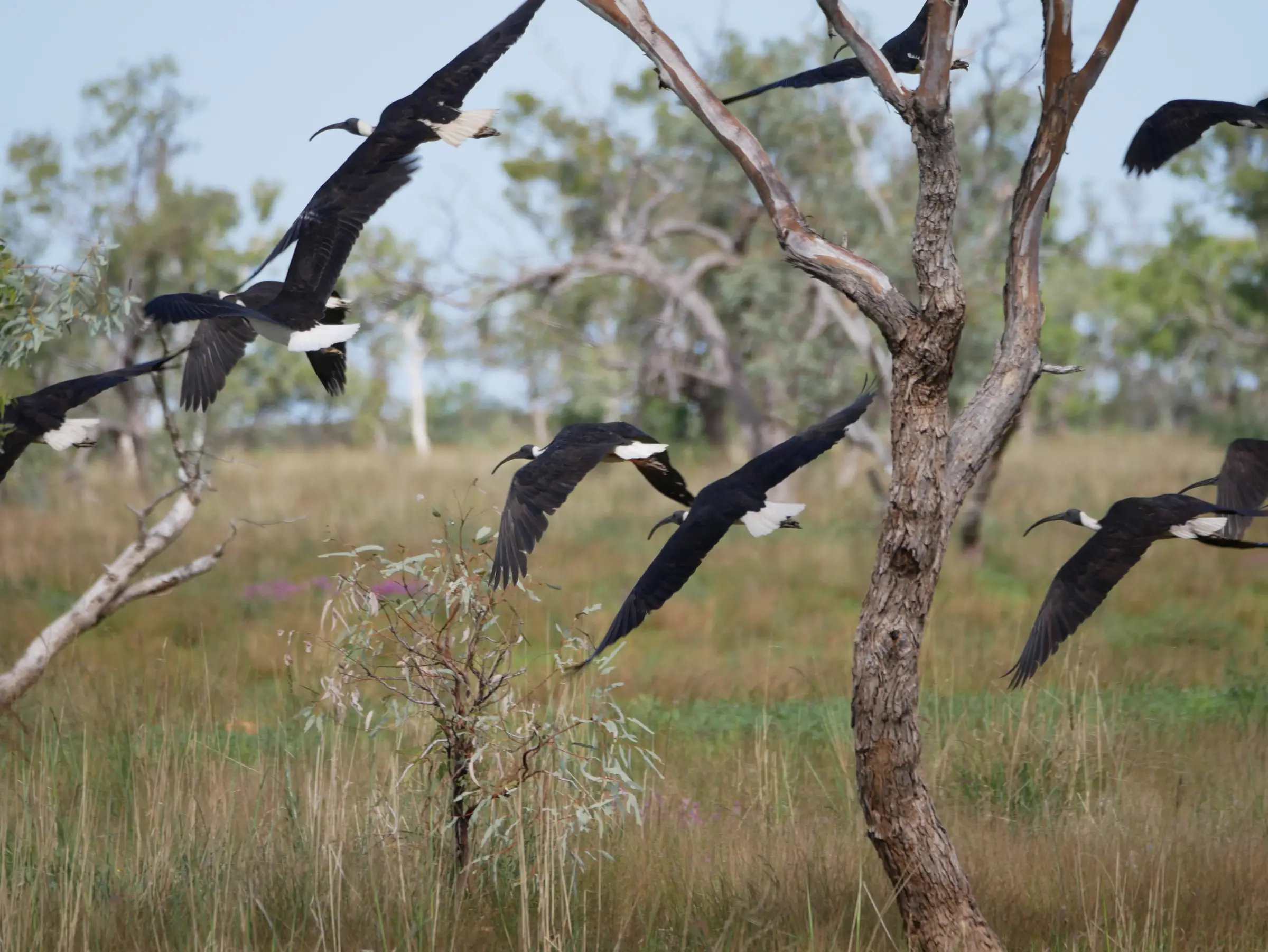


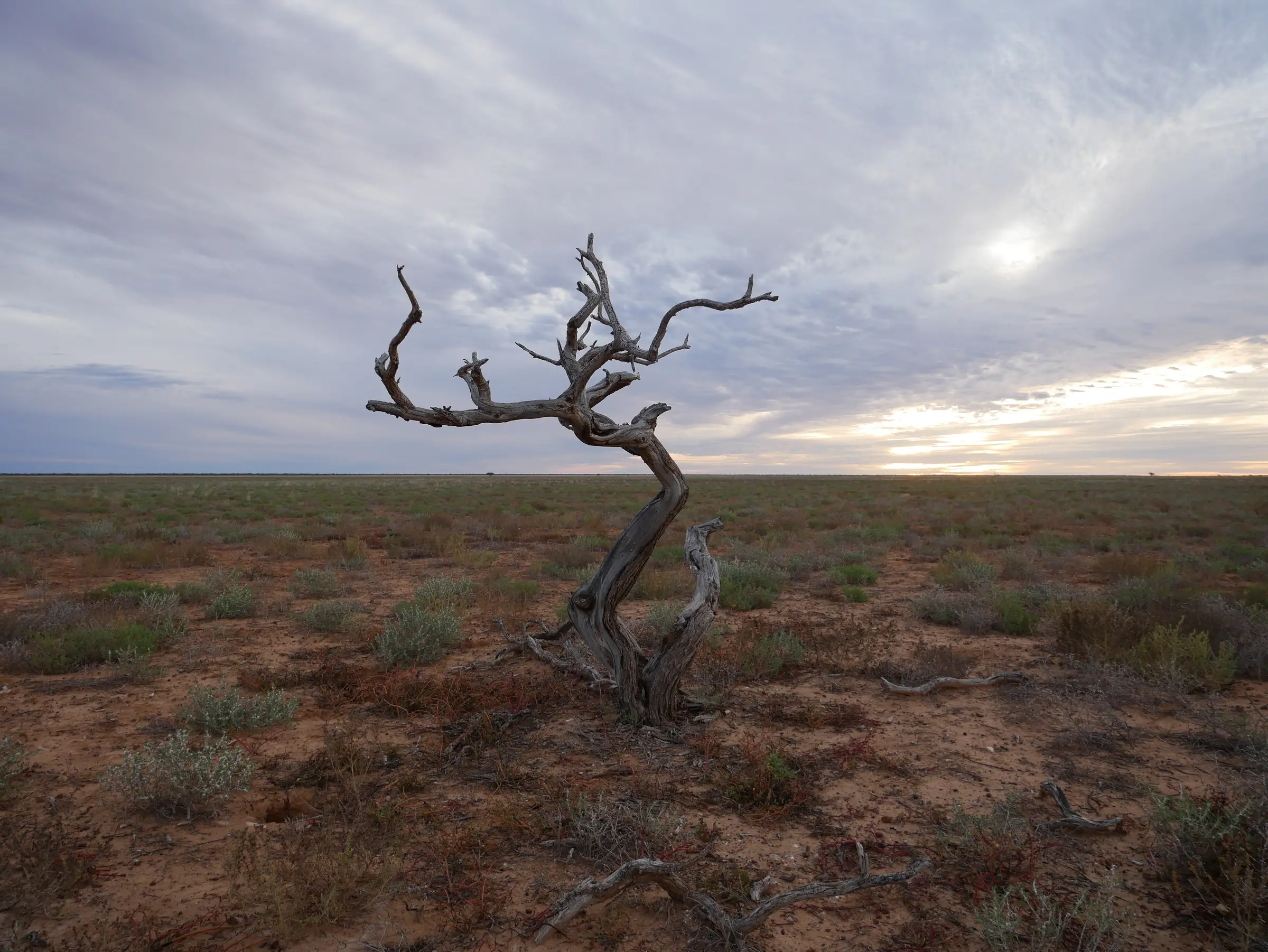

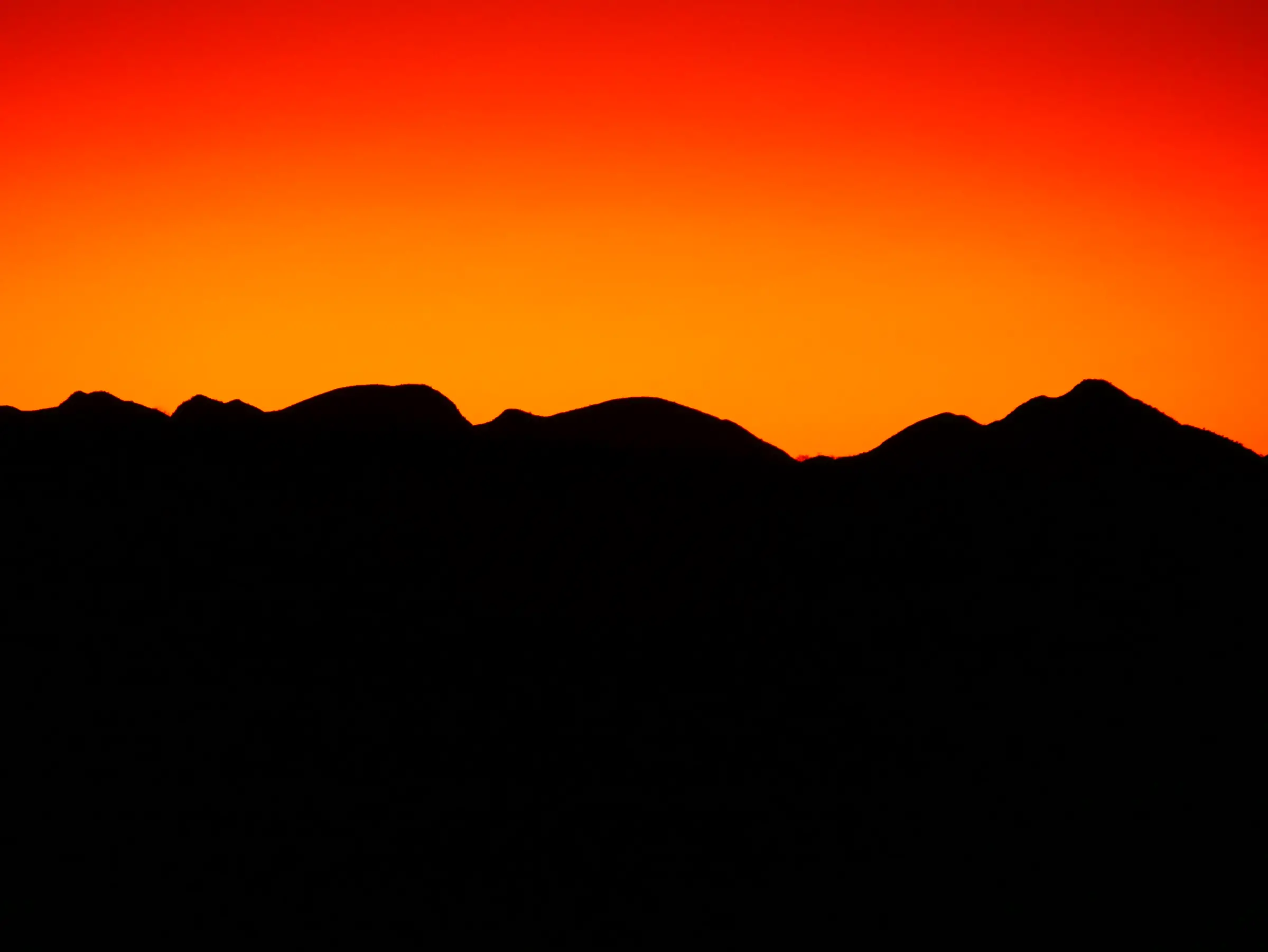

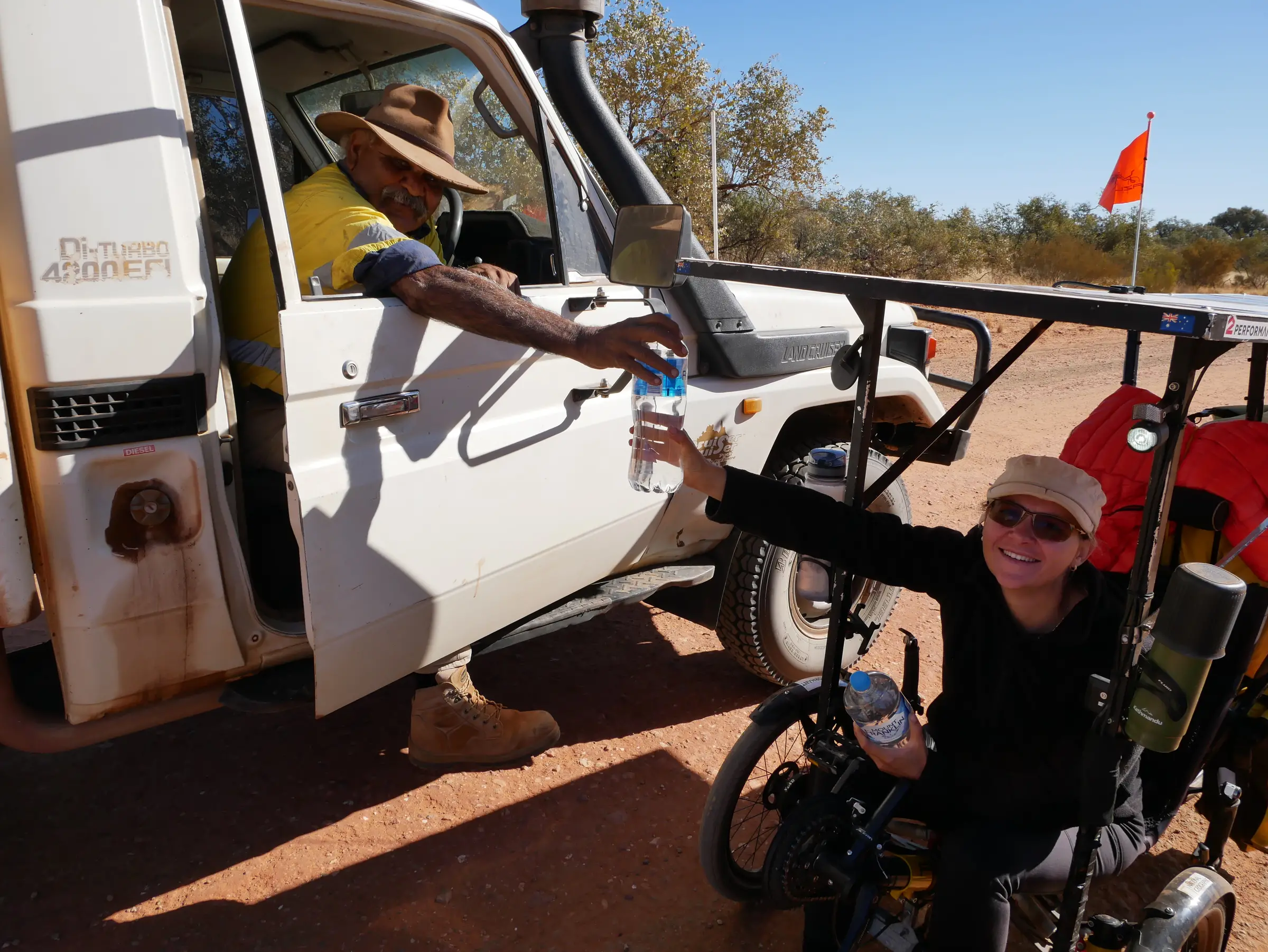
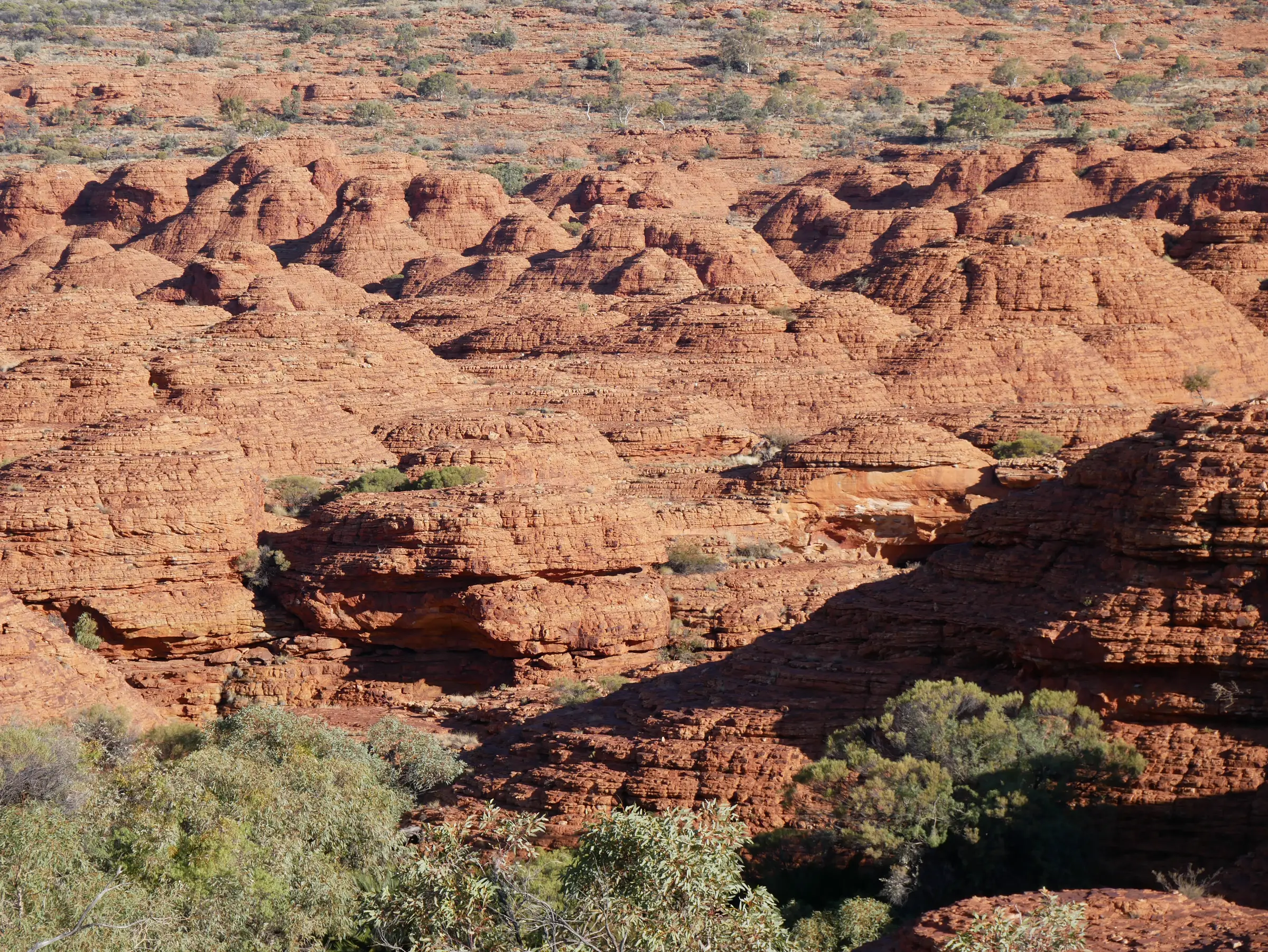

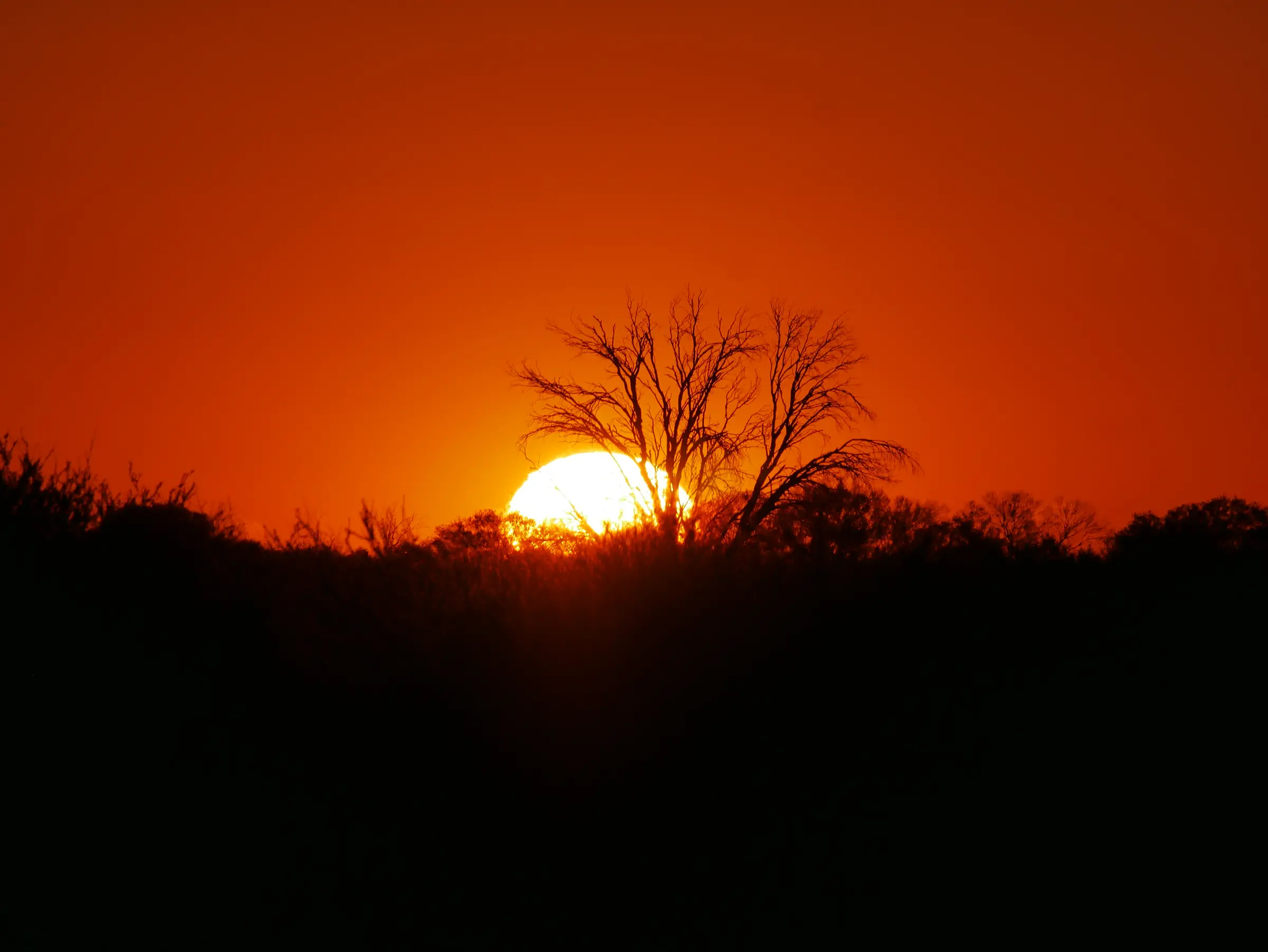
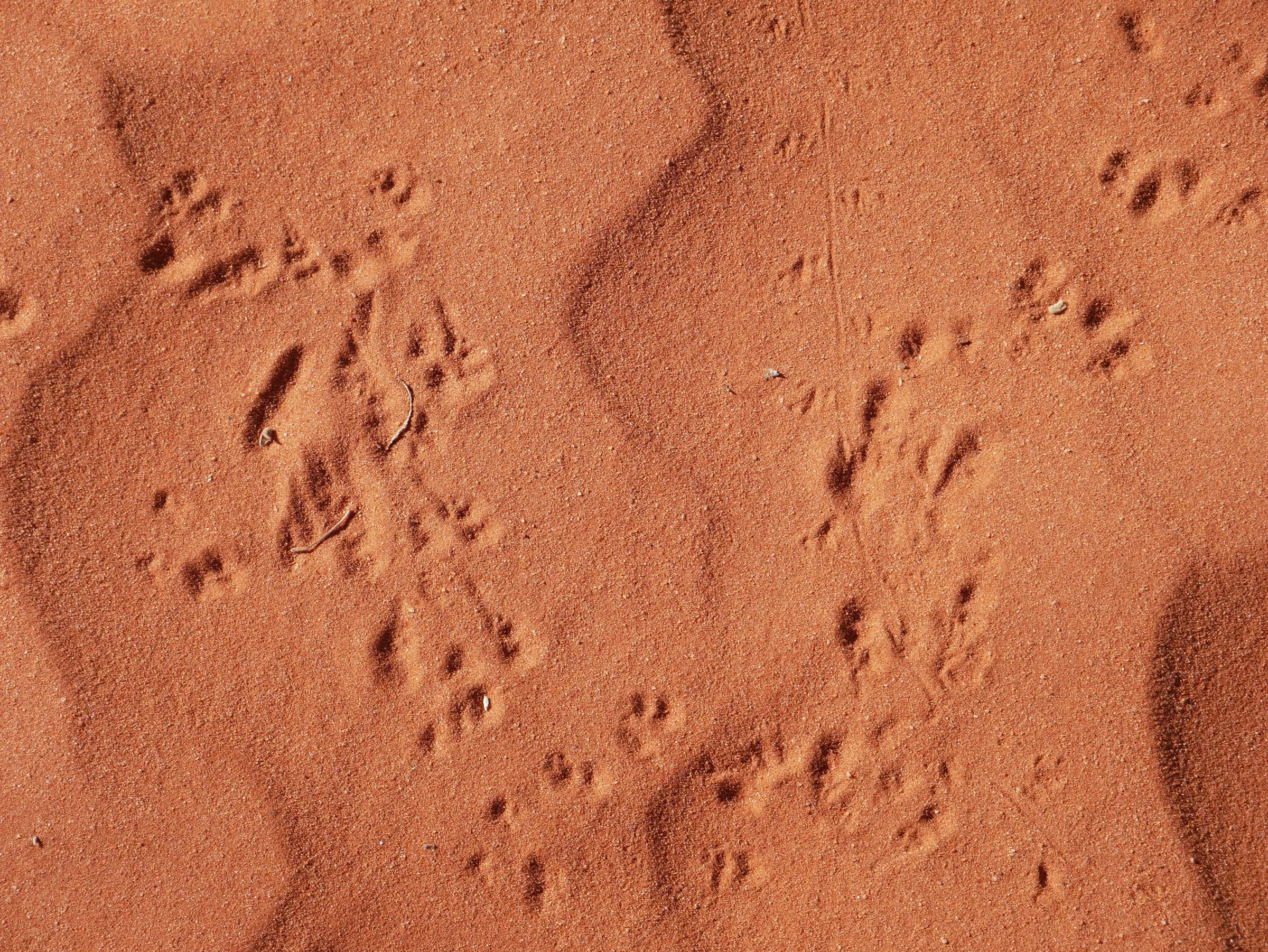
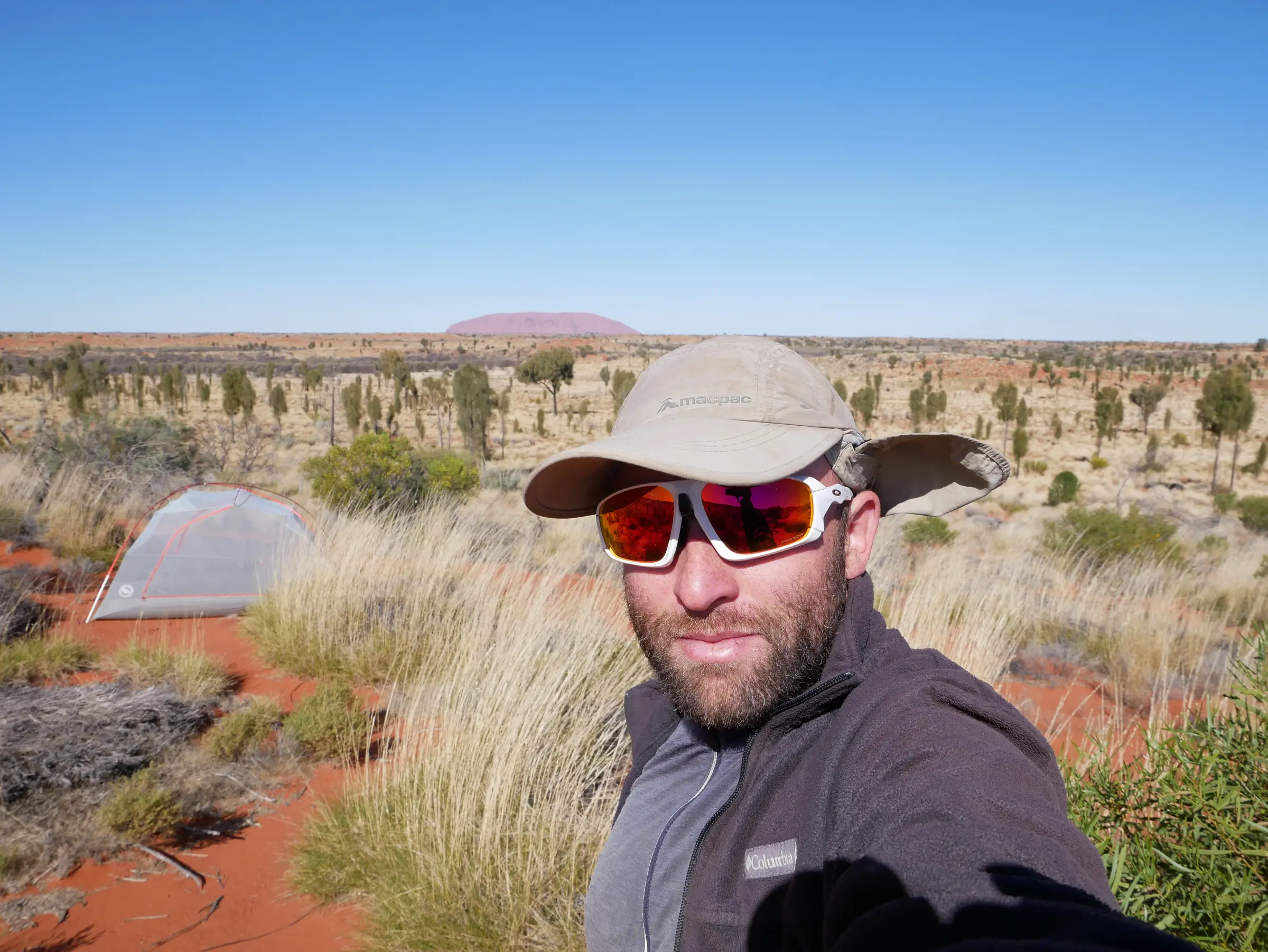
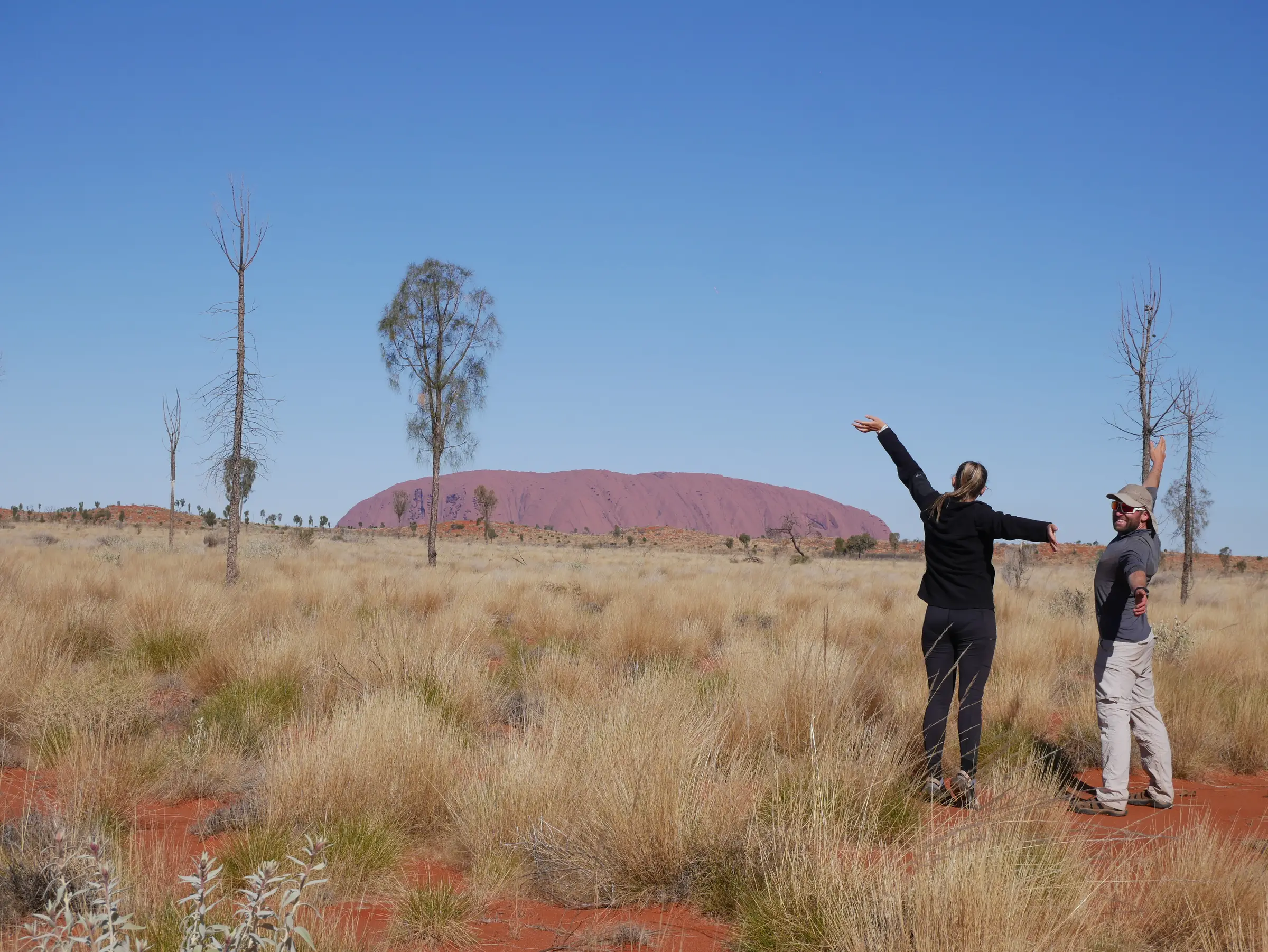
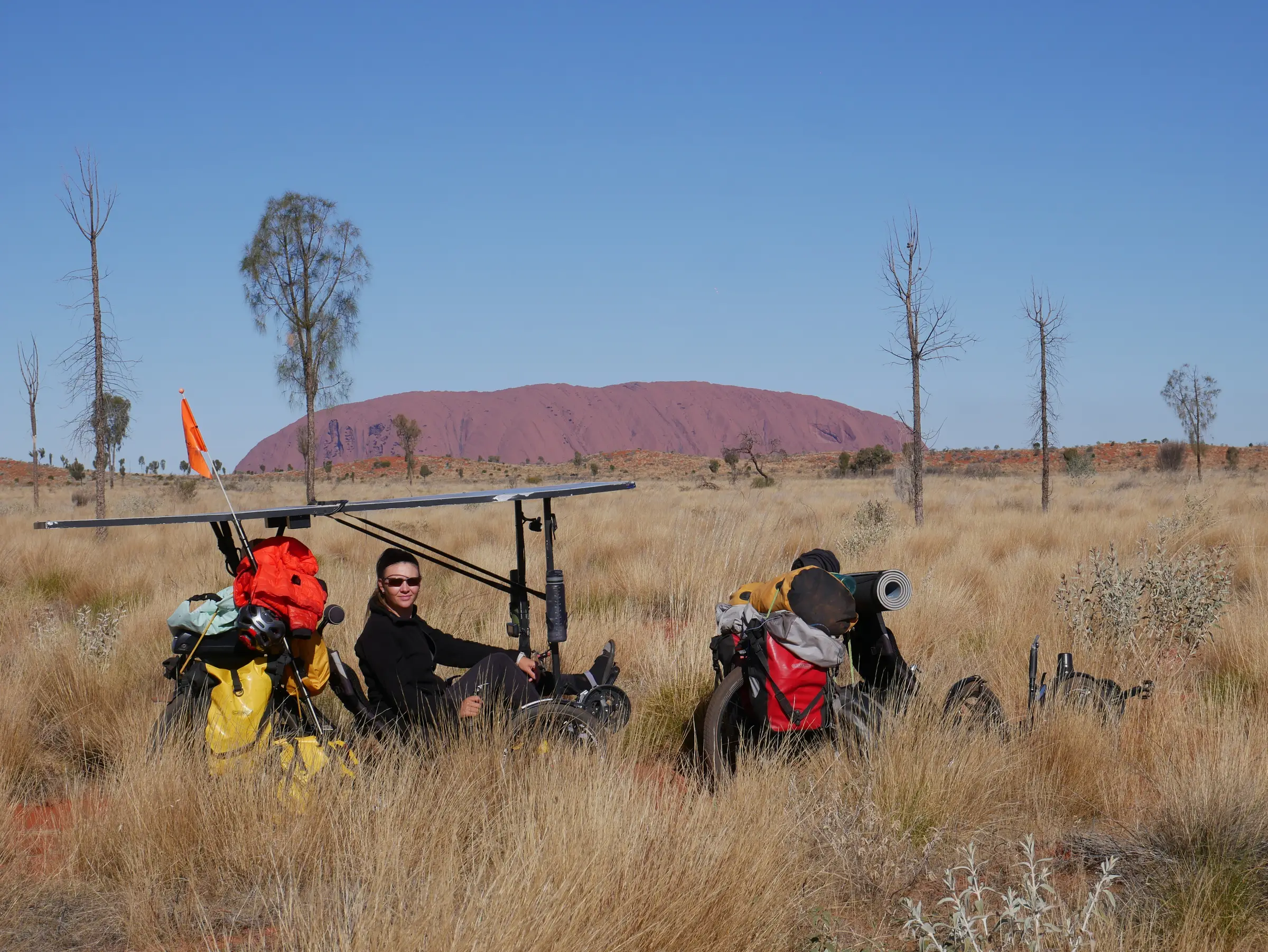
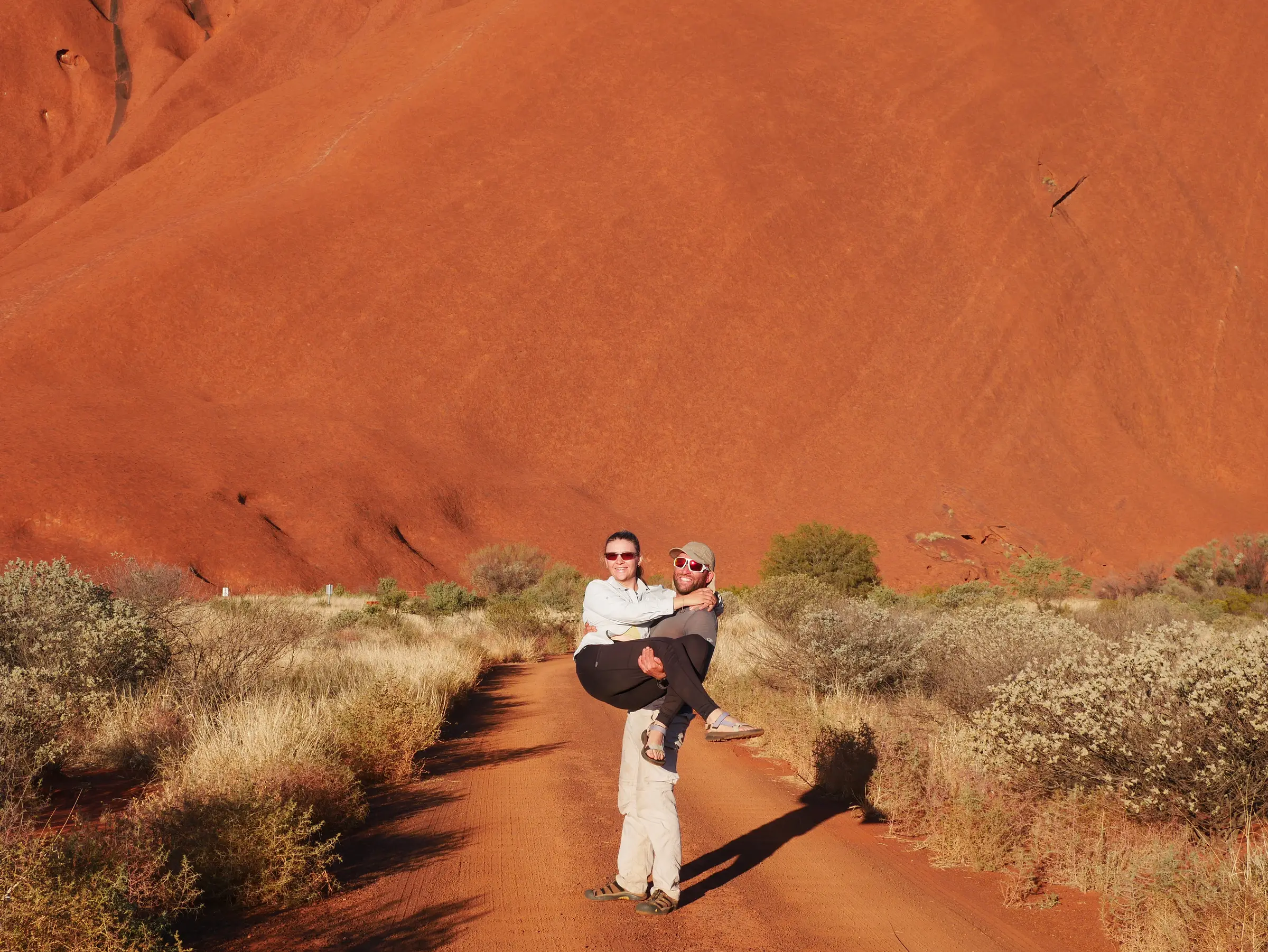
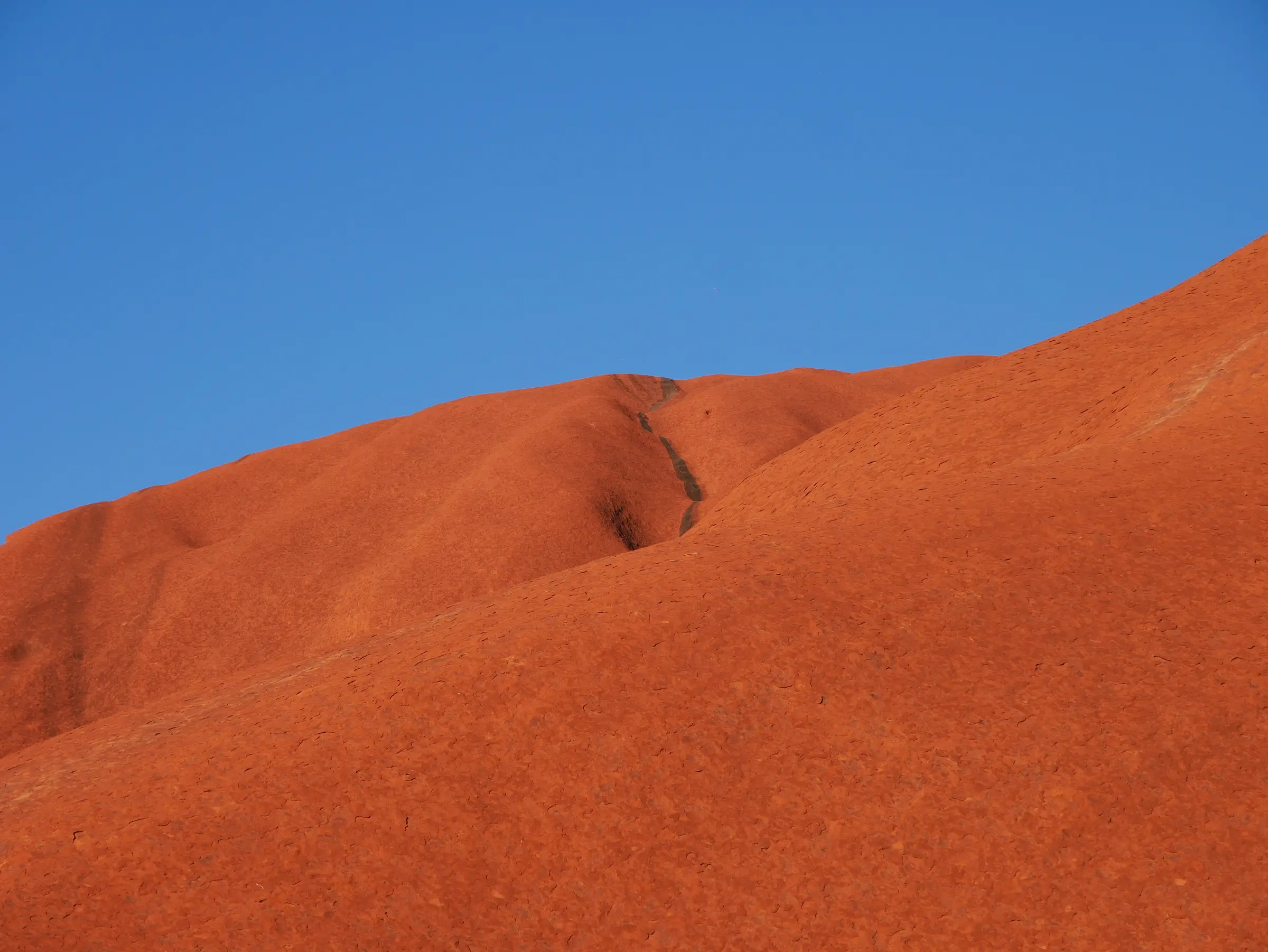

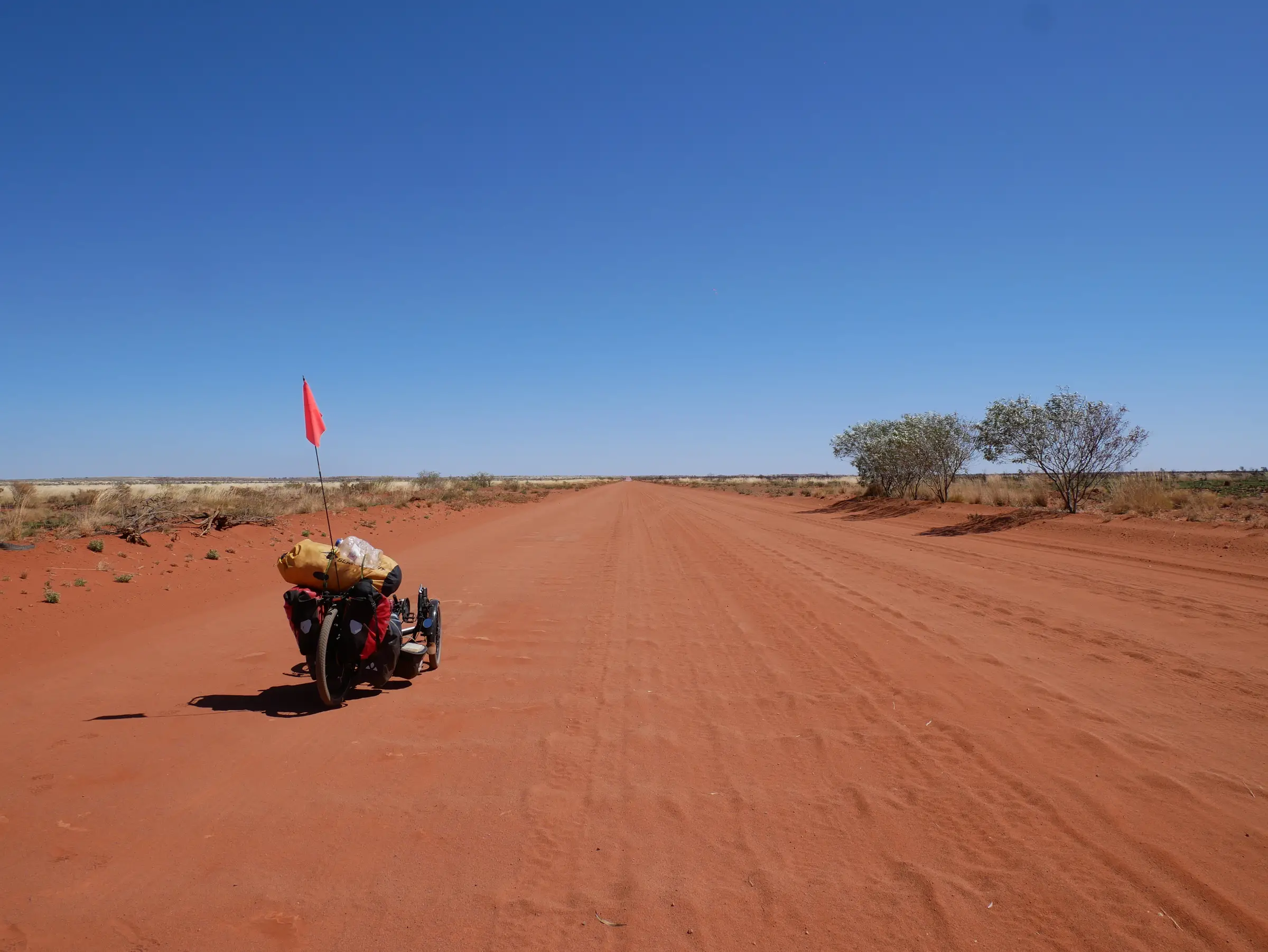
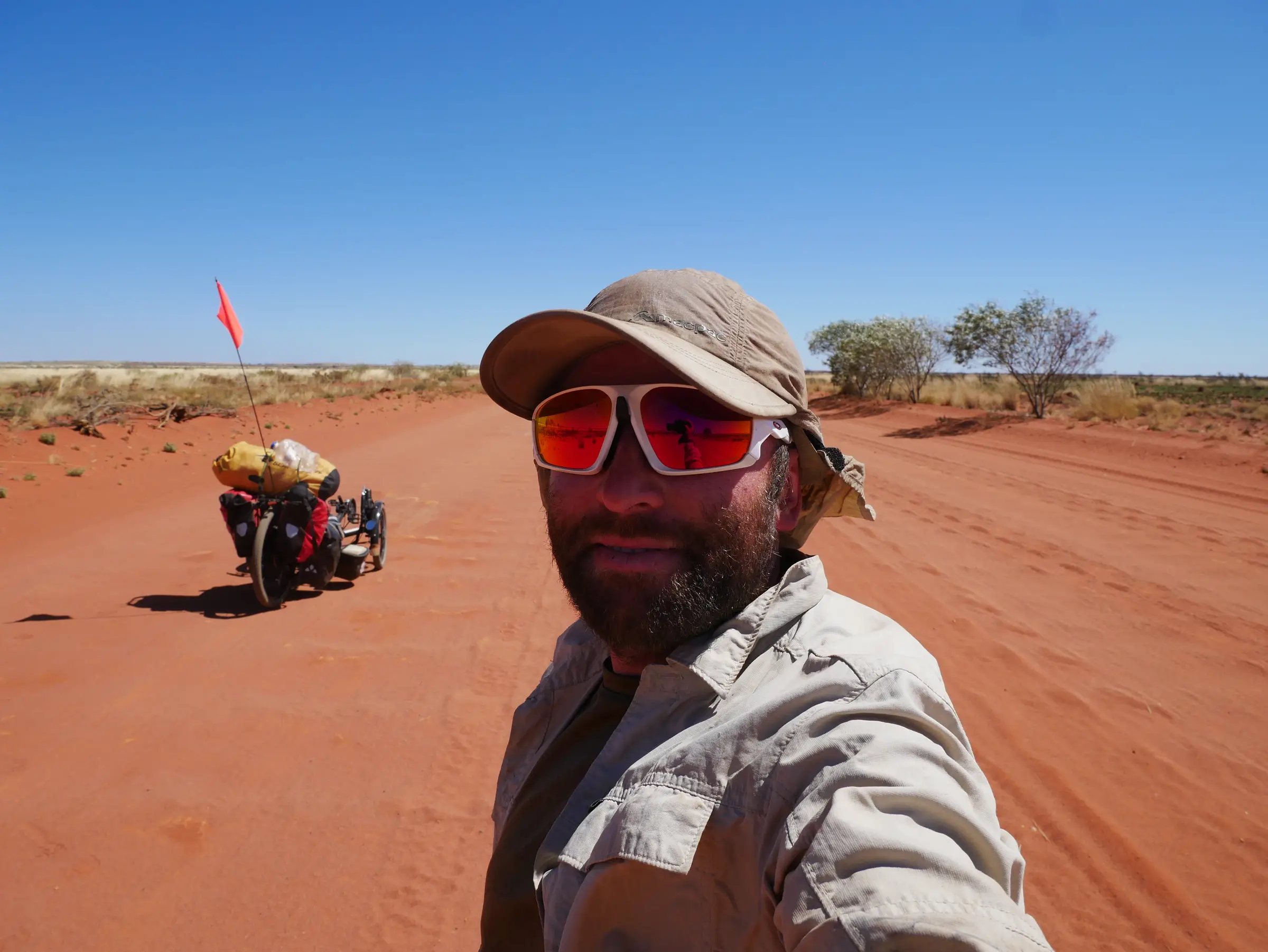

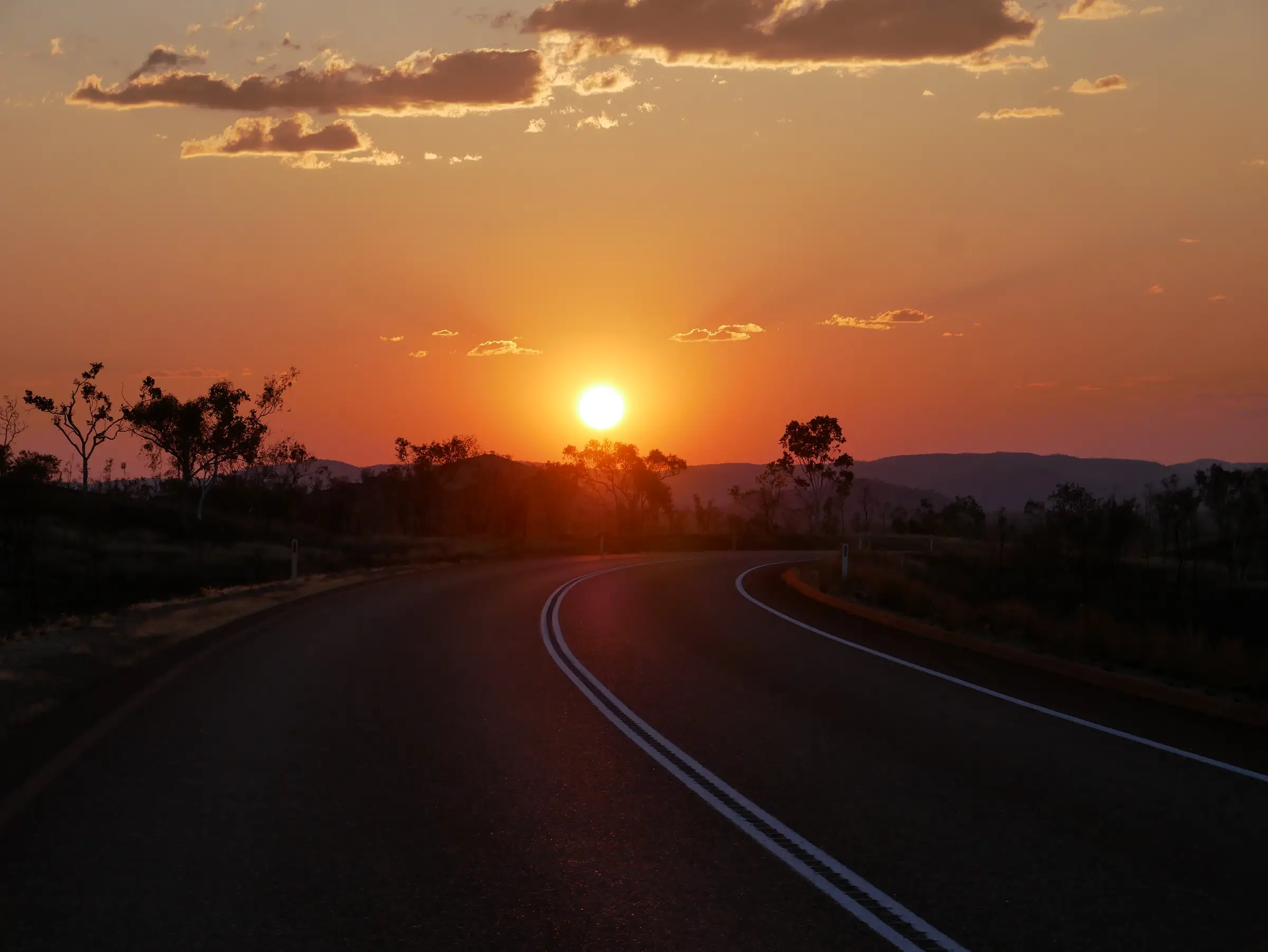
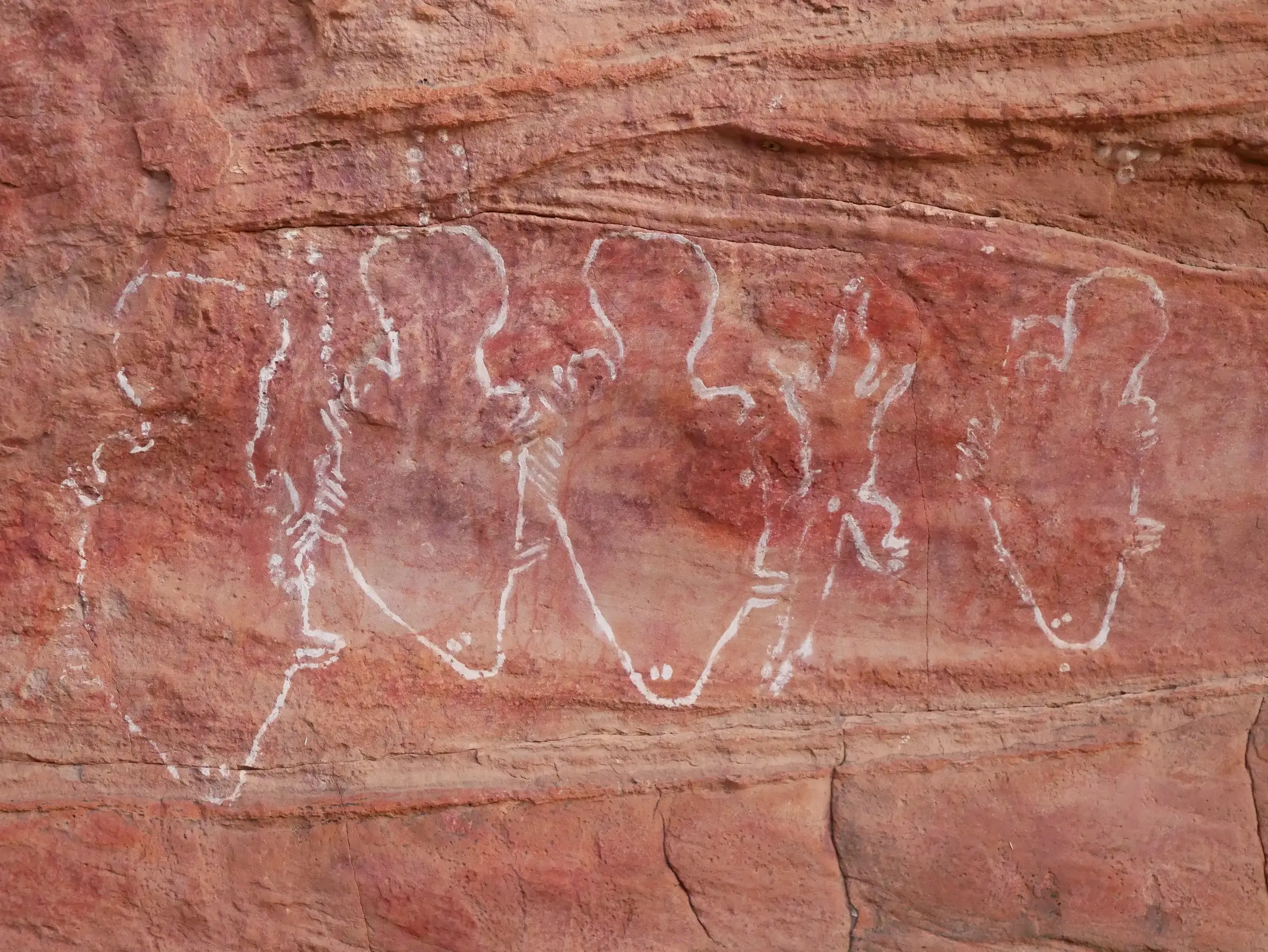
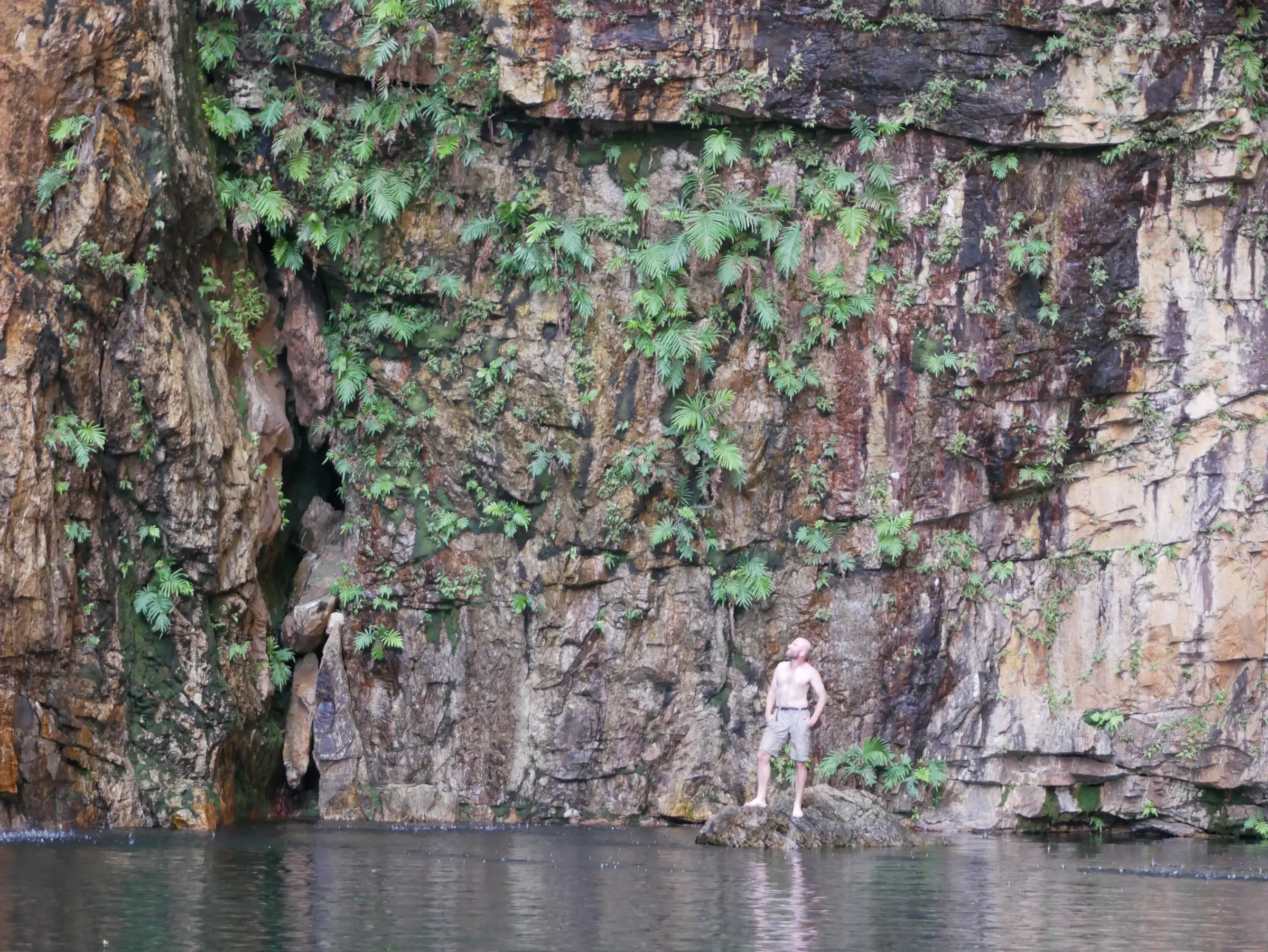
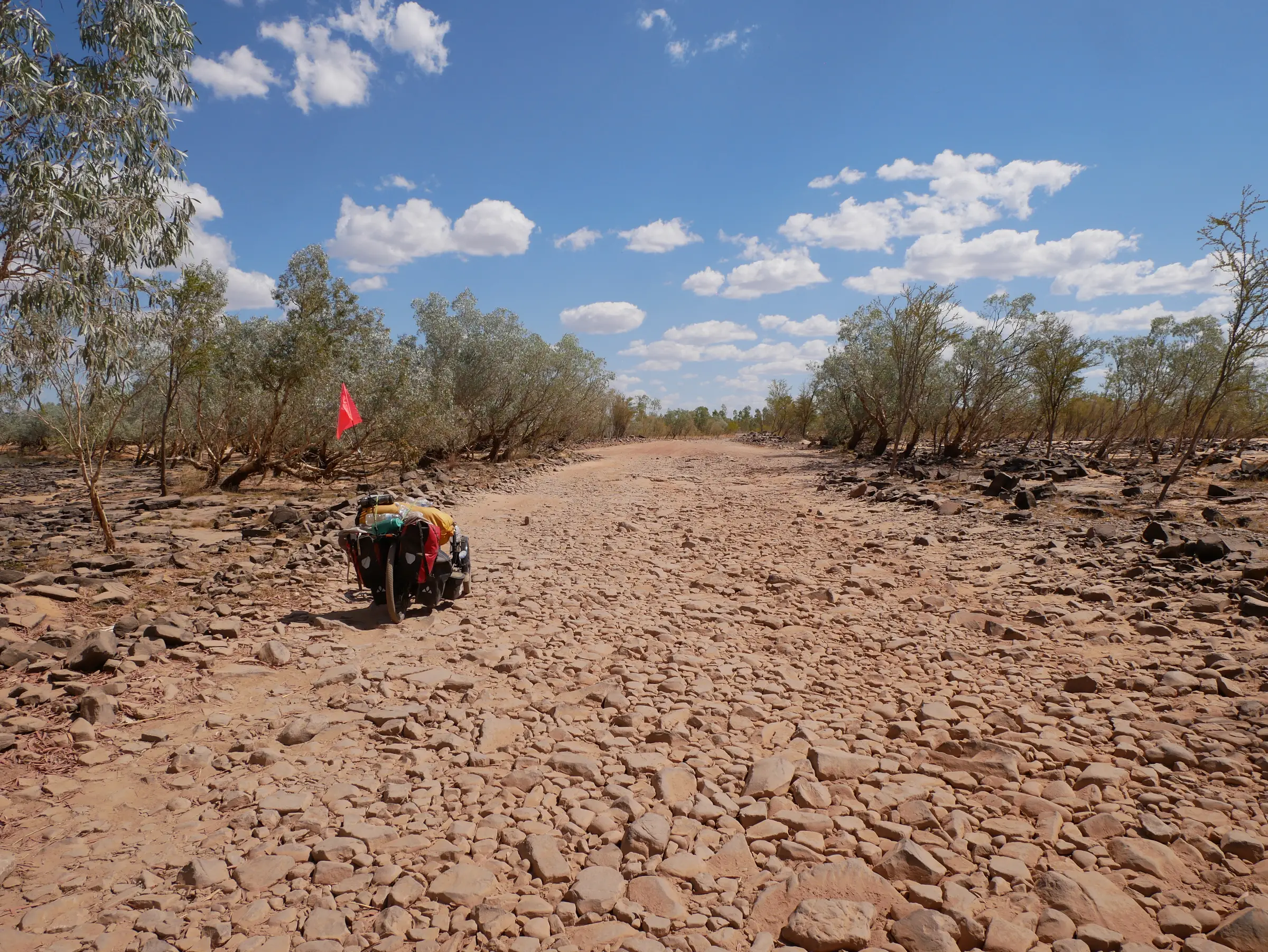
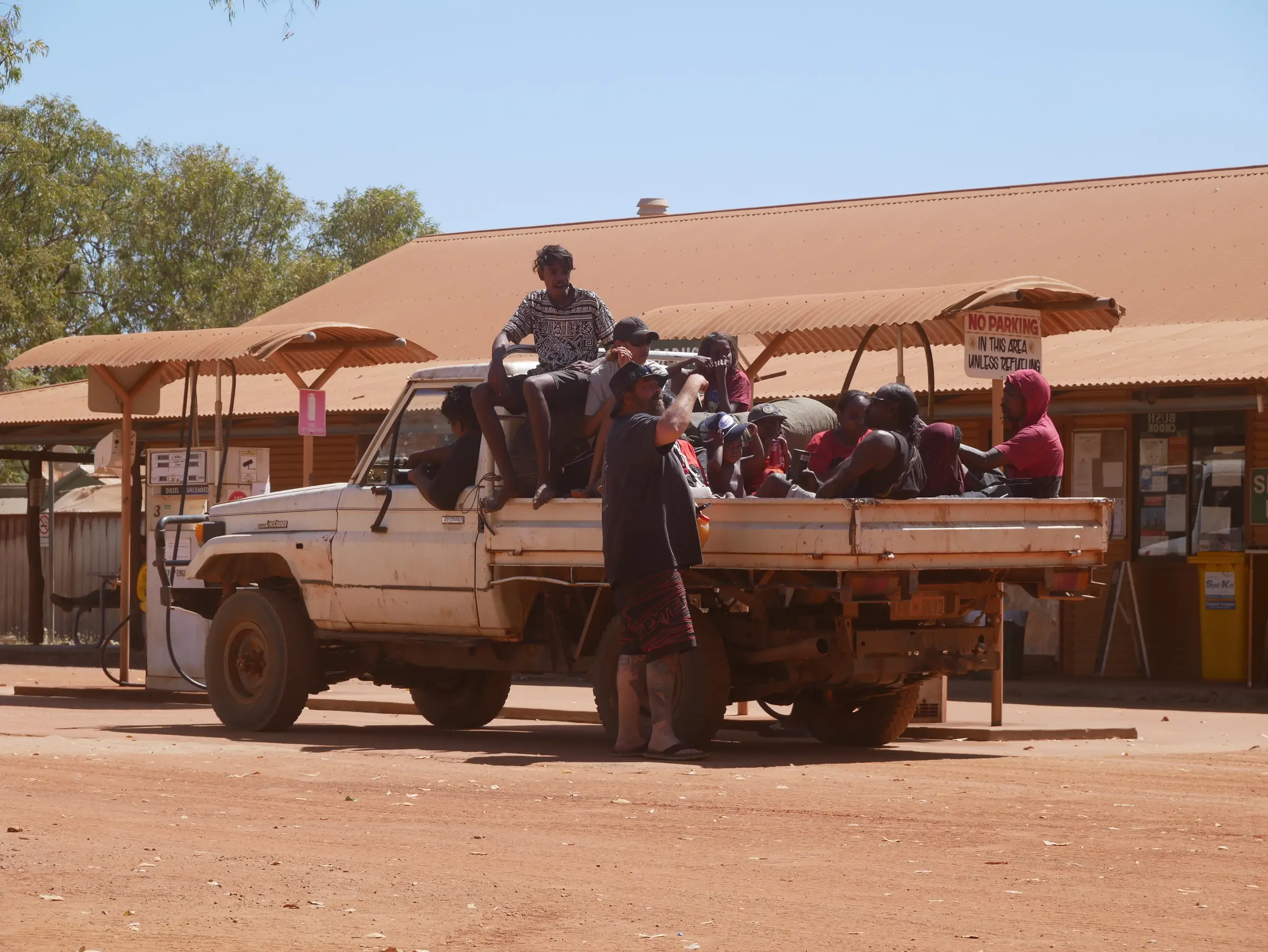
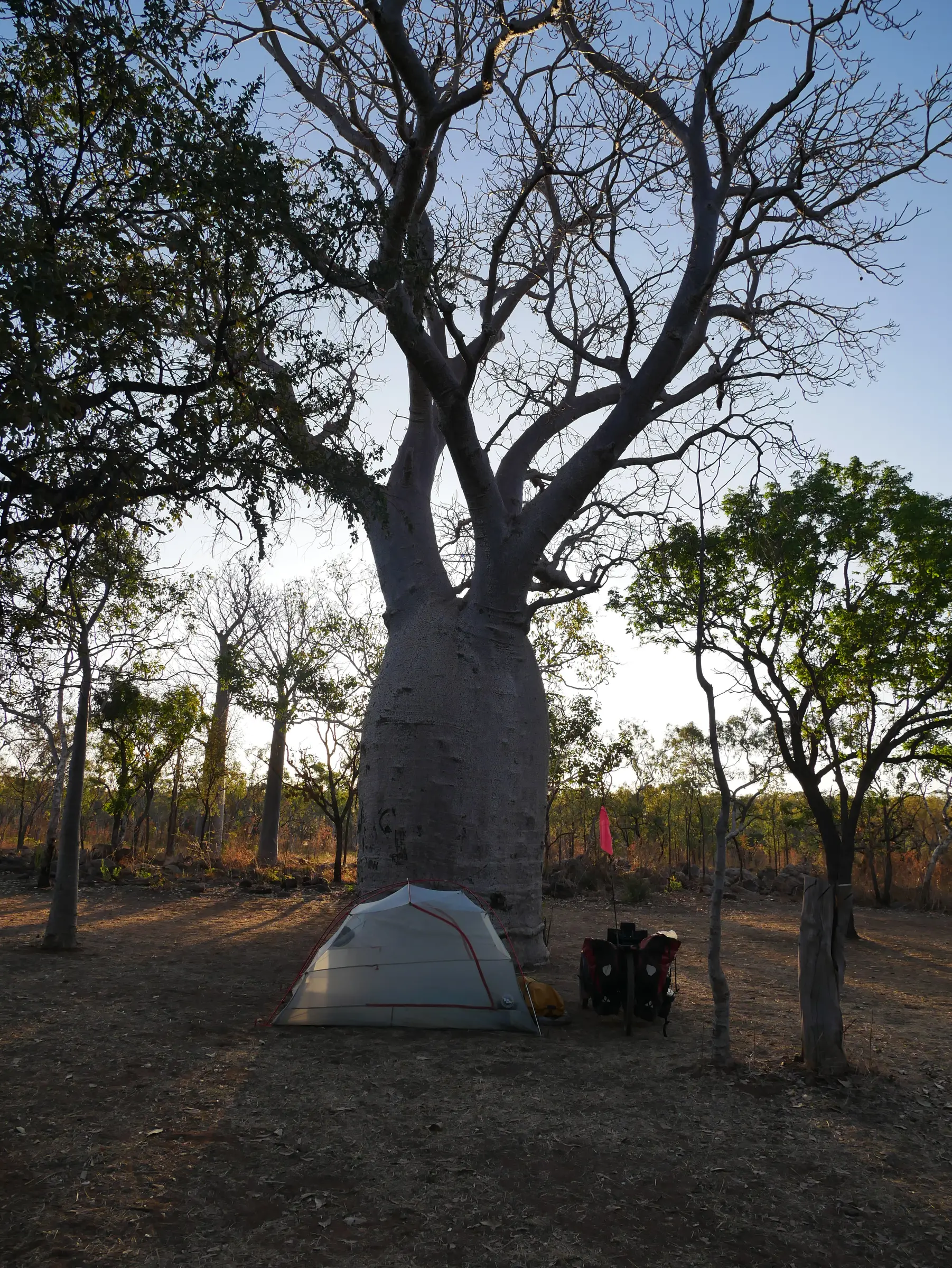
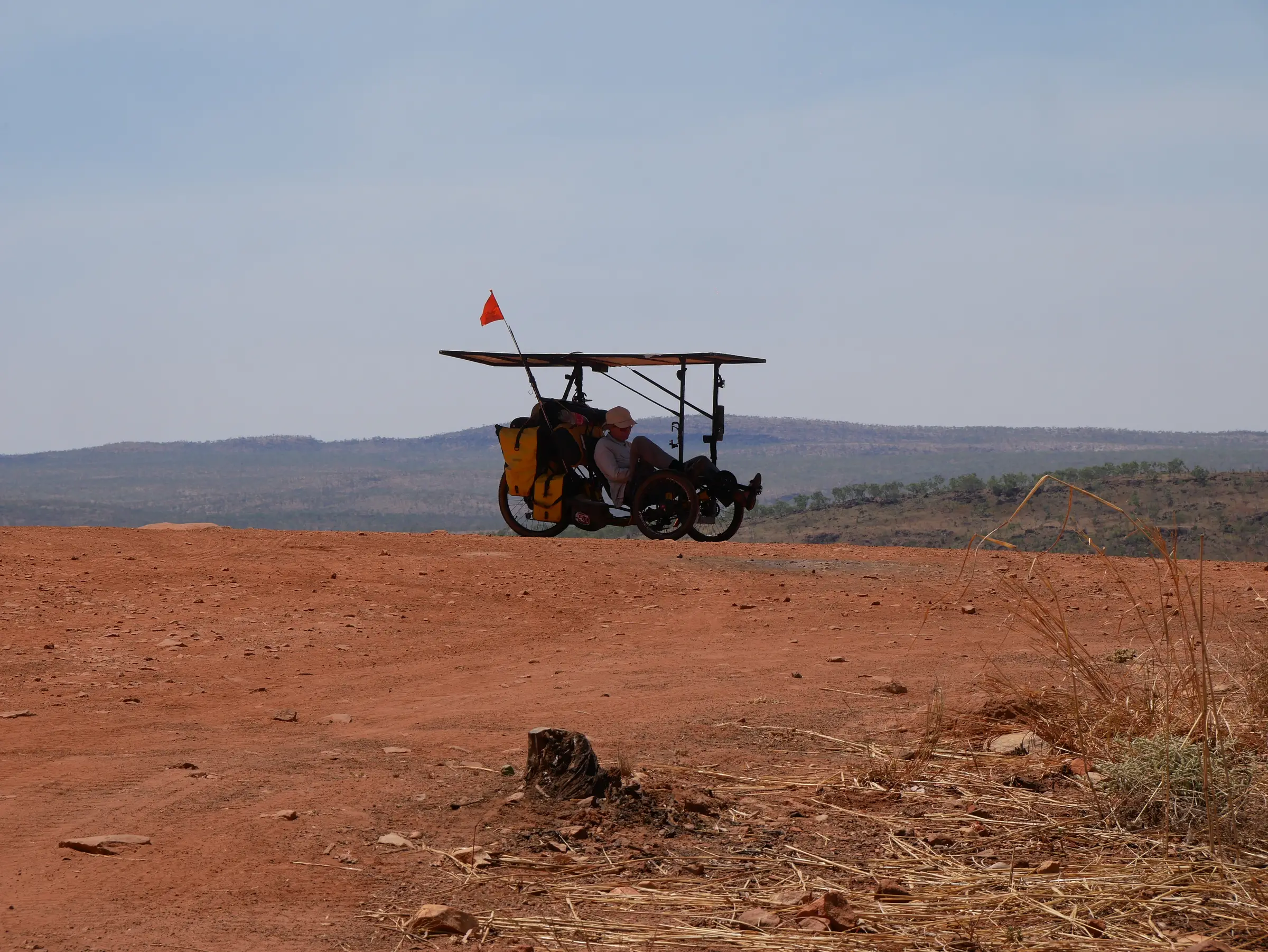





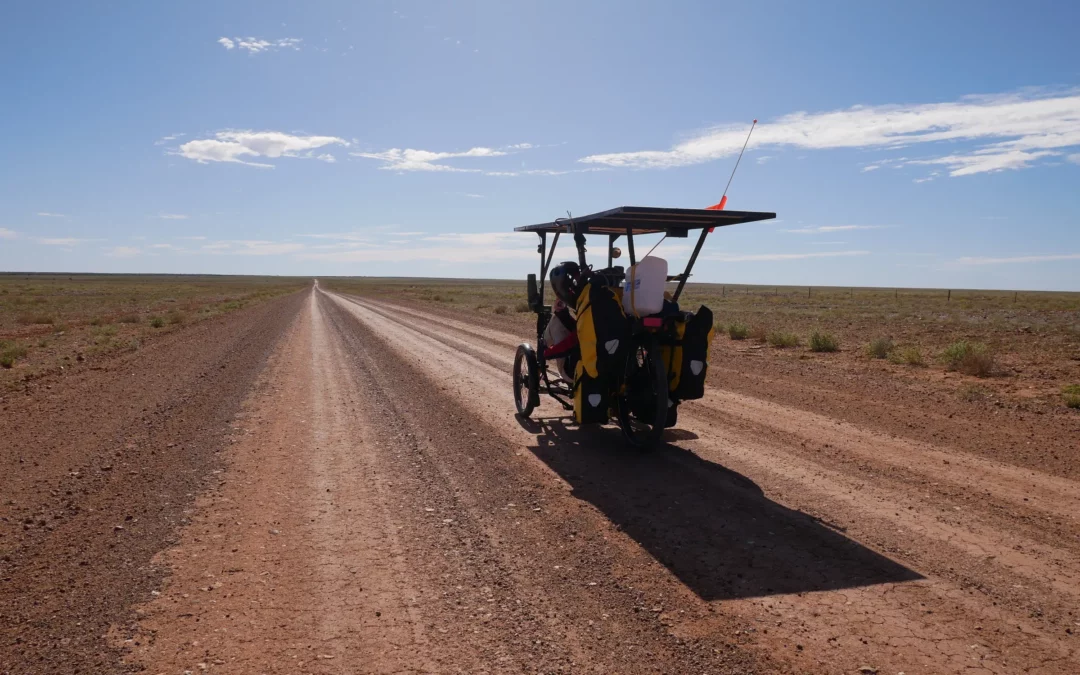

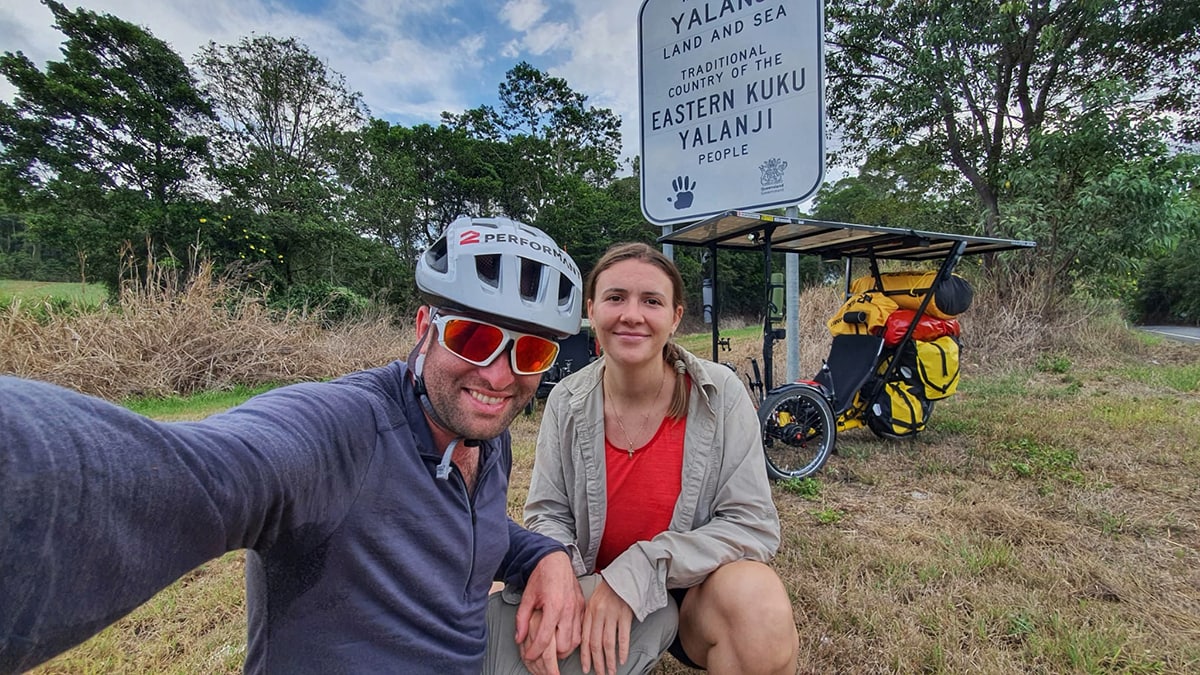
Join the worldwide group of AZUB fans
Get the latest stories, be inspired by our amazing builds and get some inside view.
You are close to join the fan group. Just see your inbox and confirm your e-mail address.